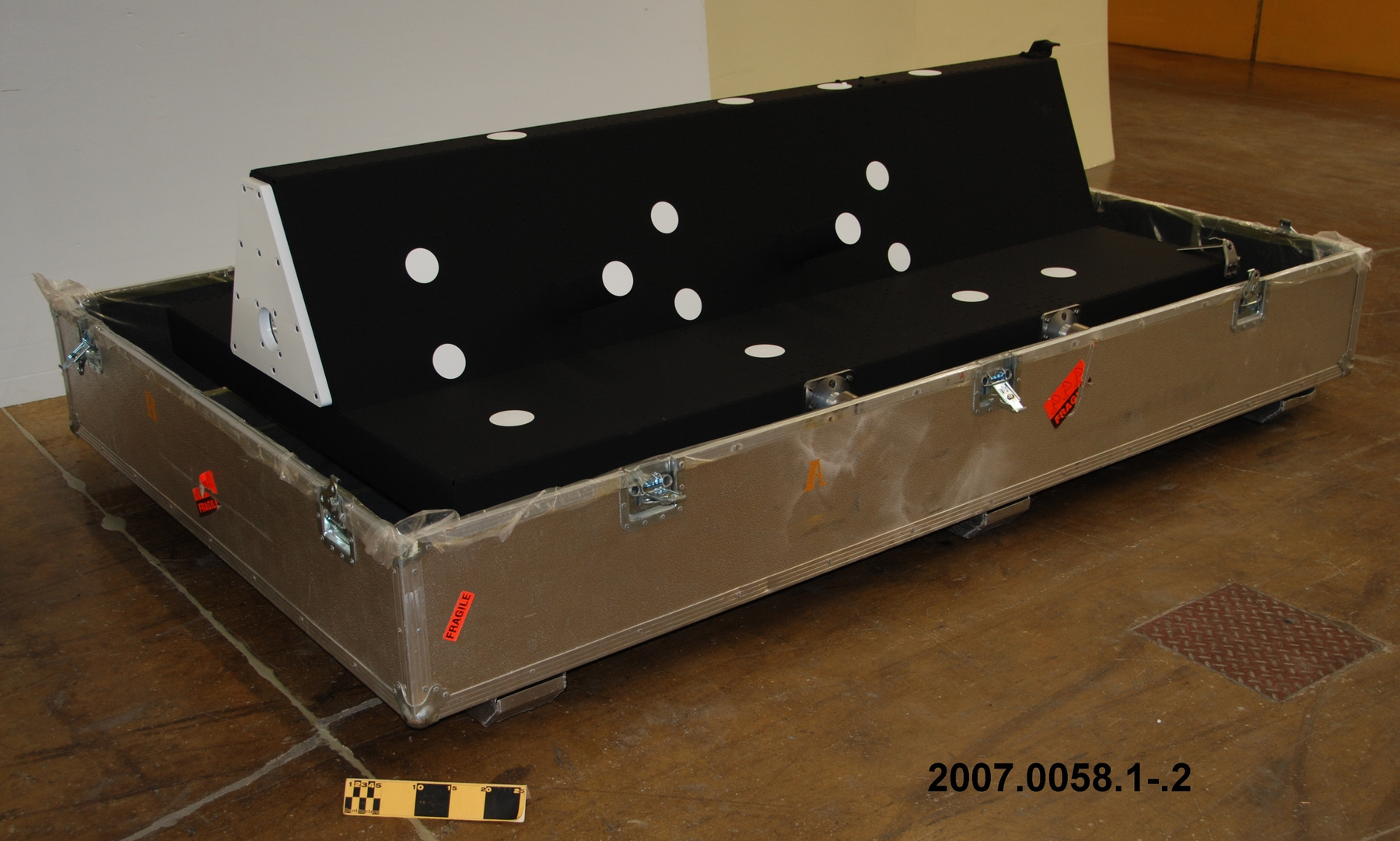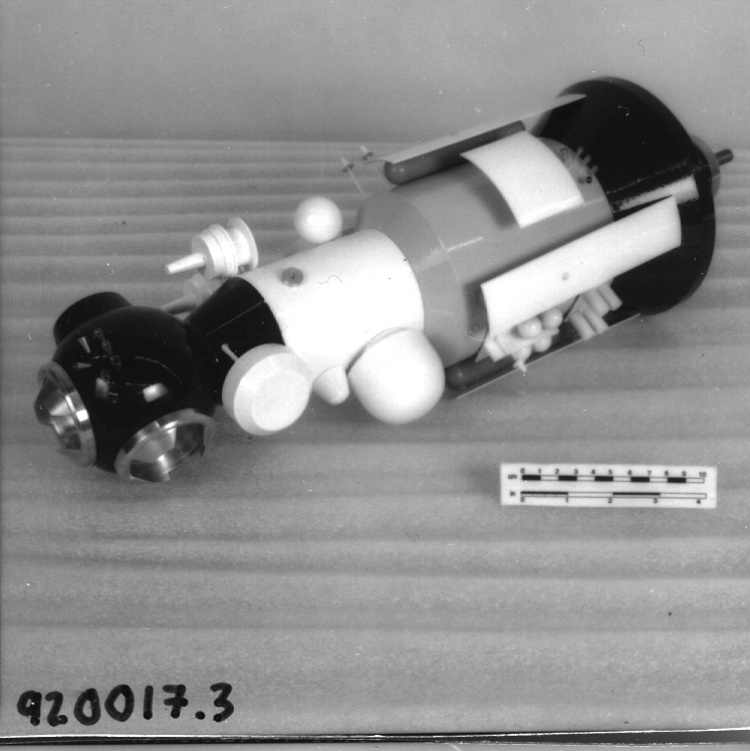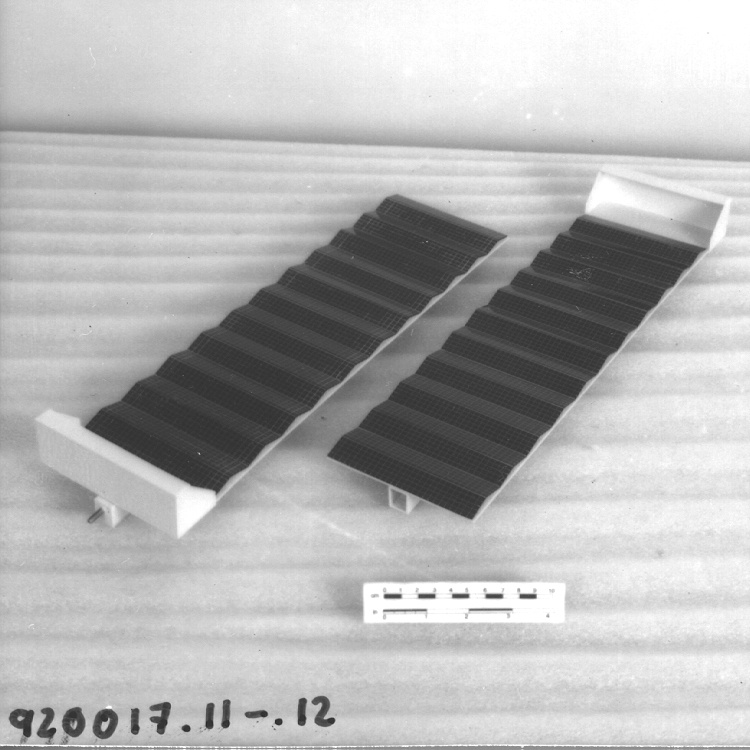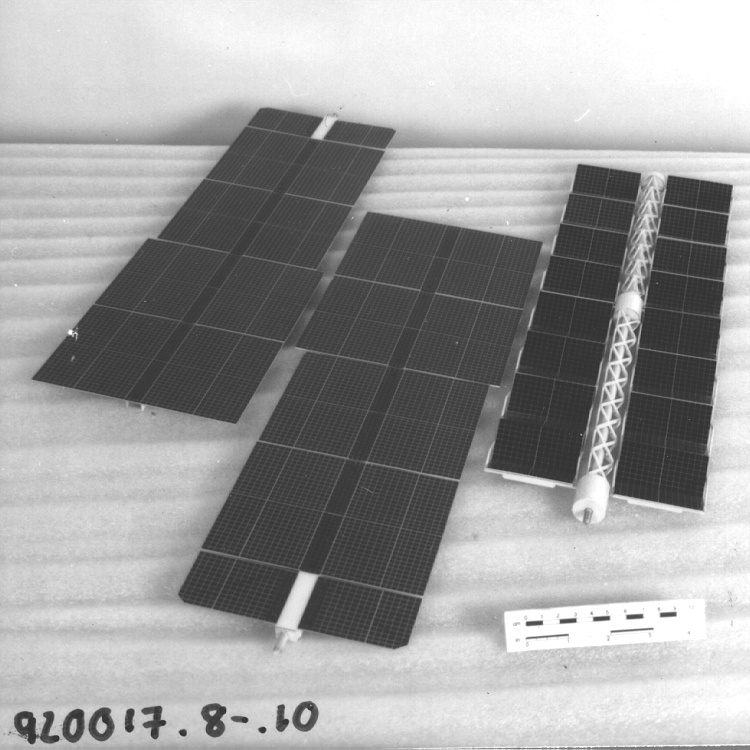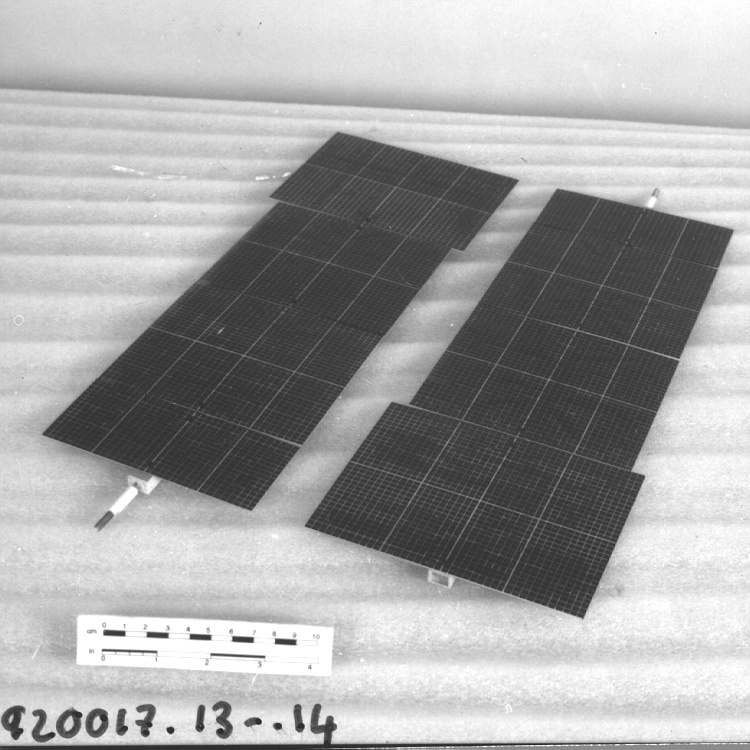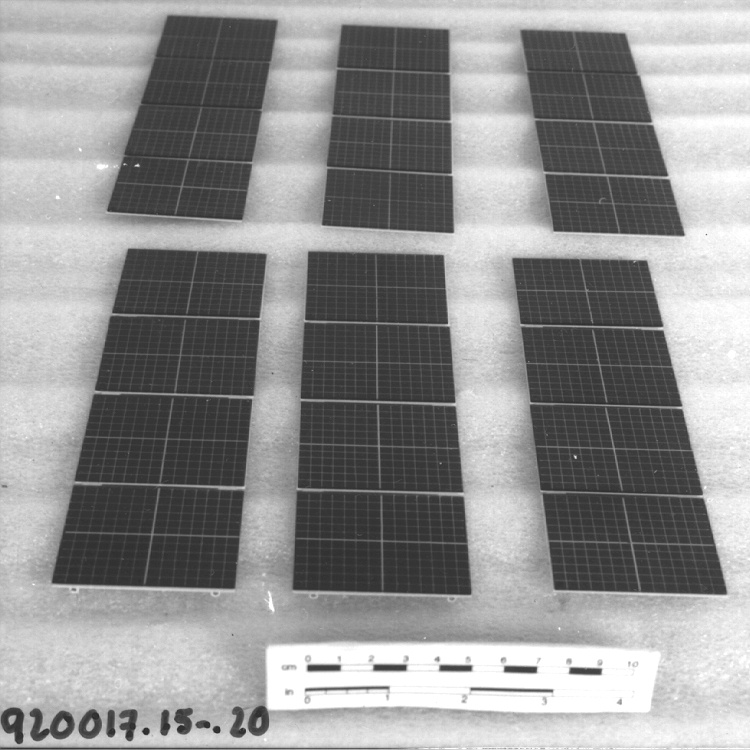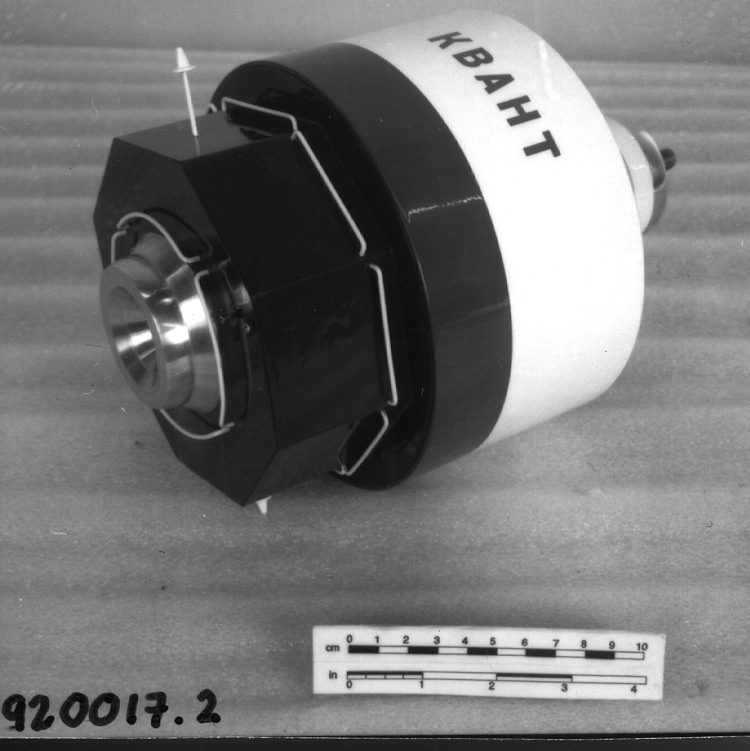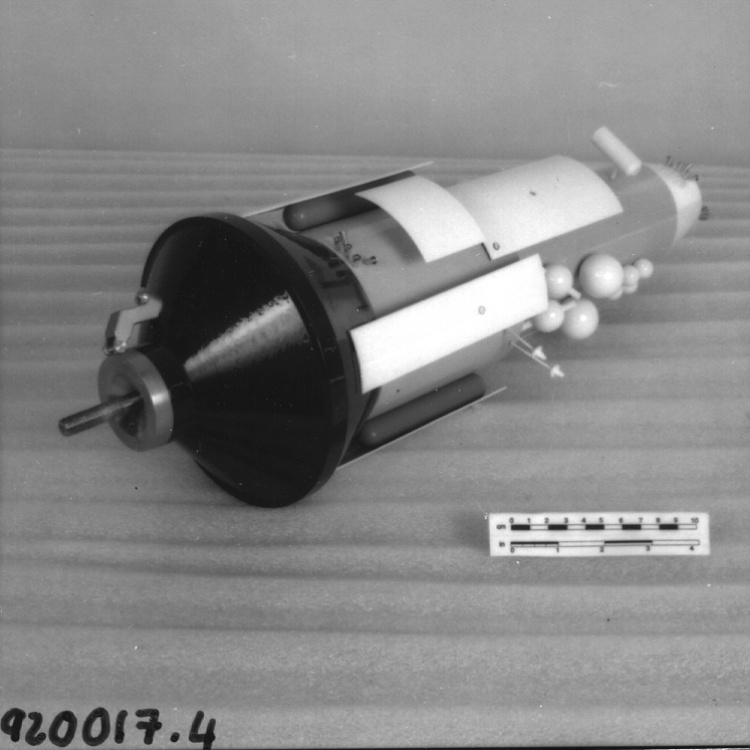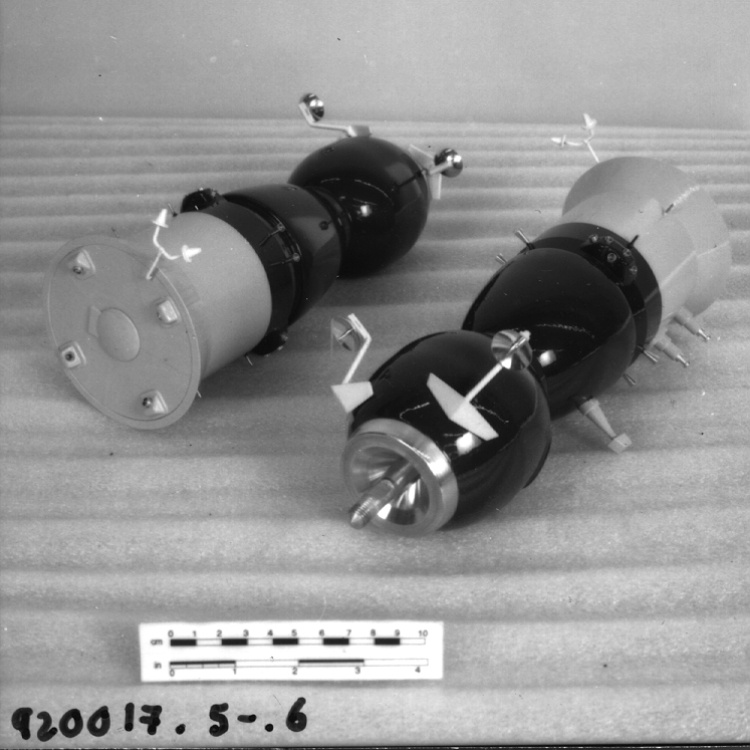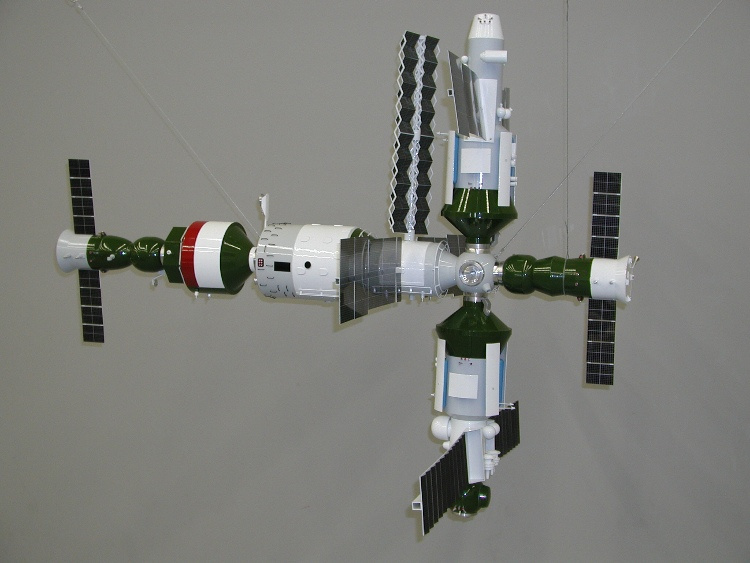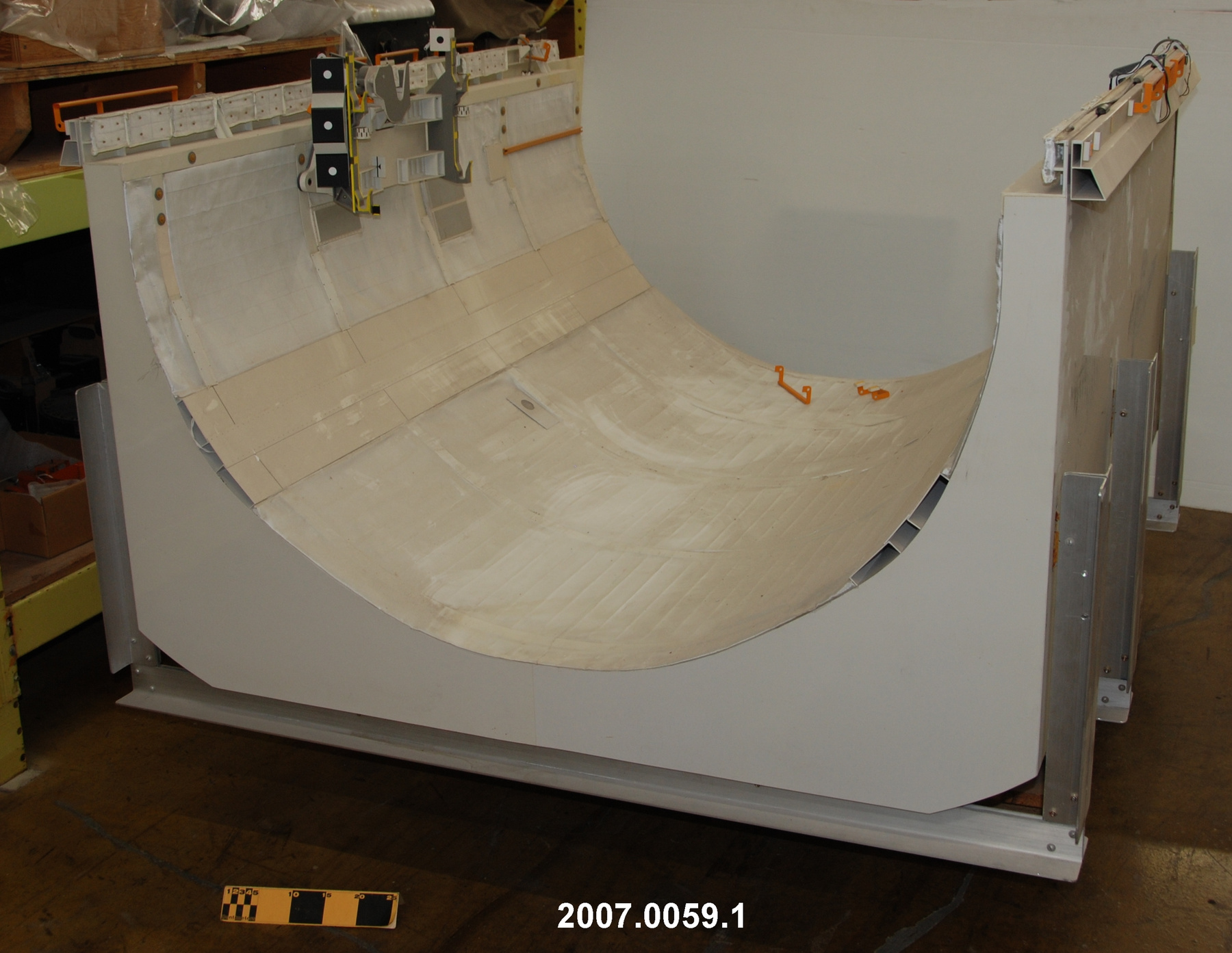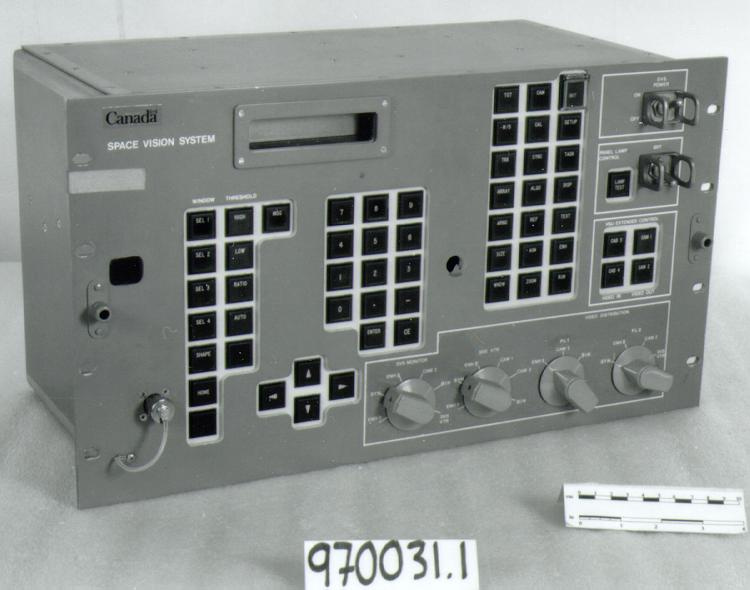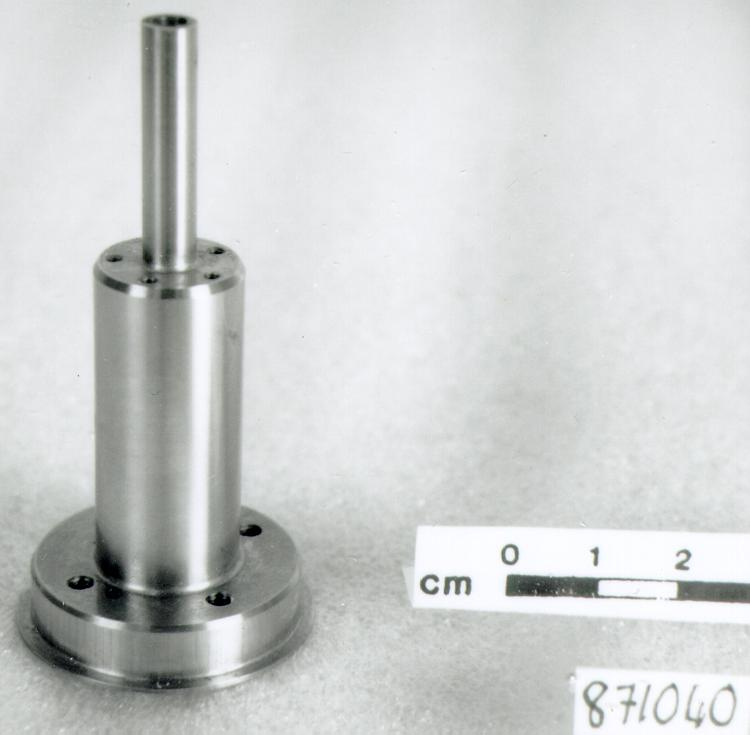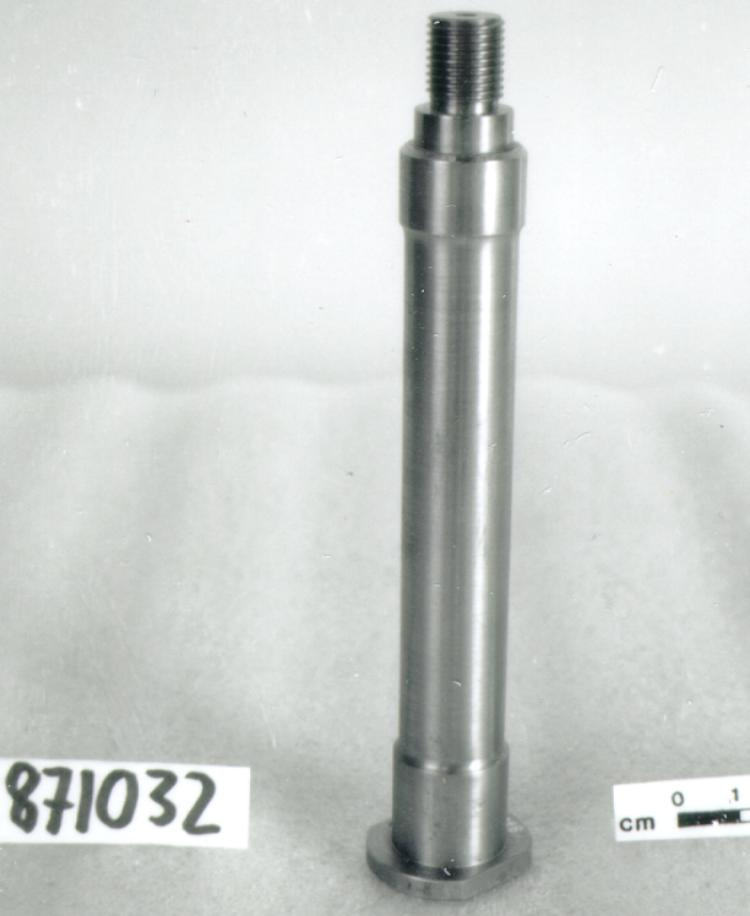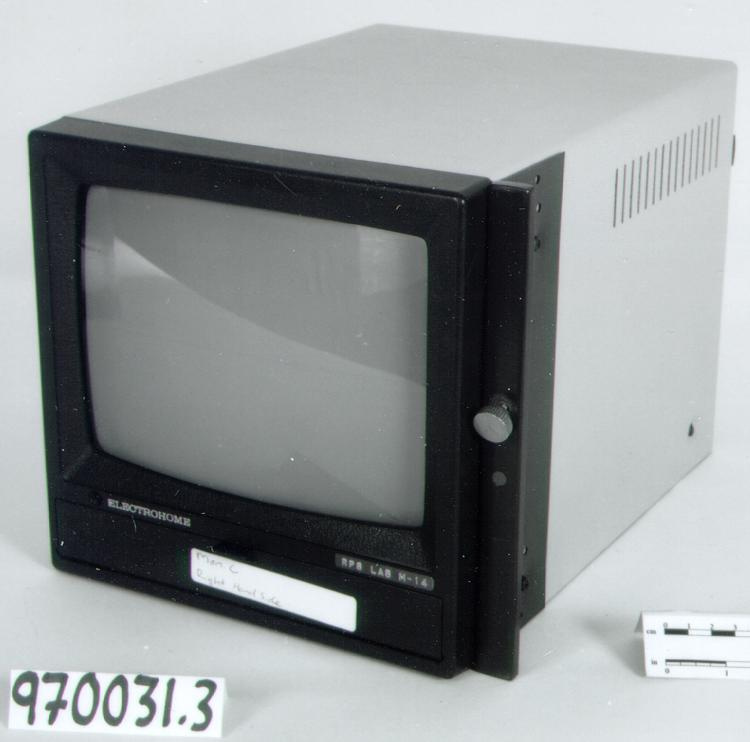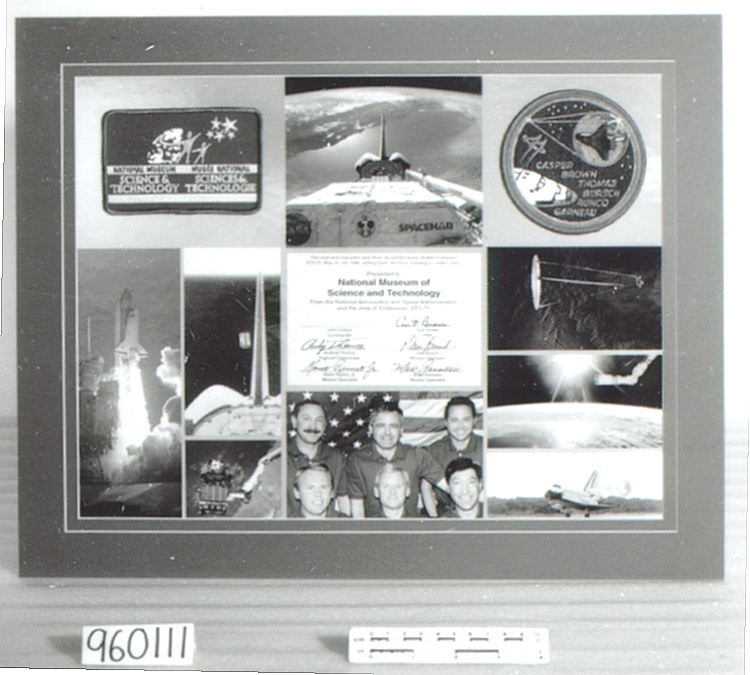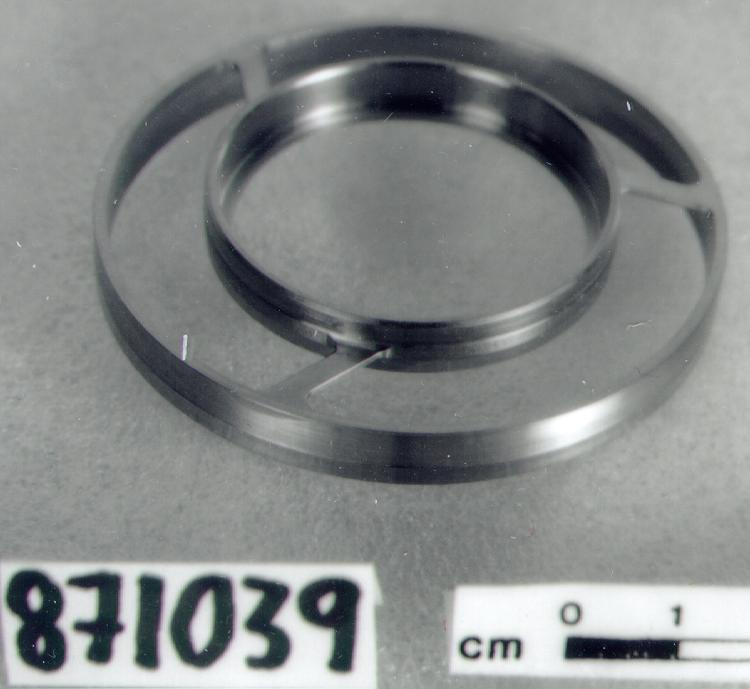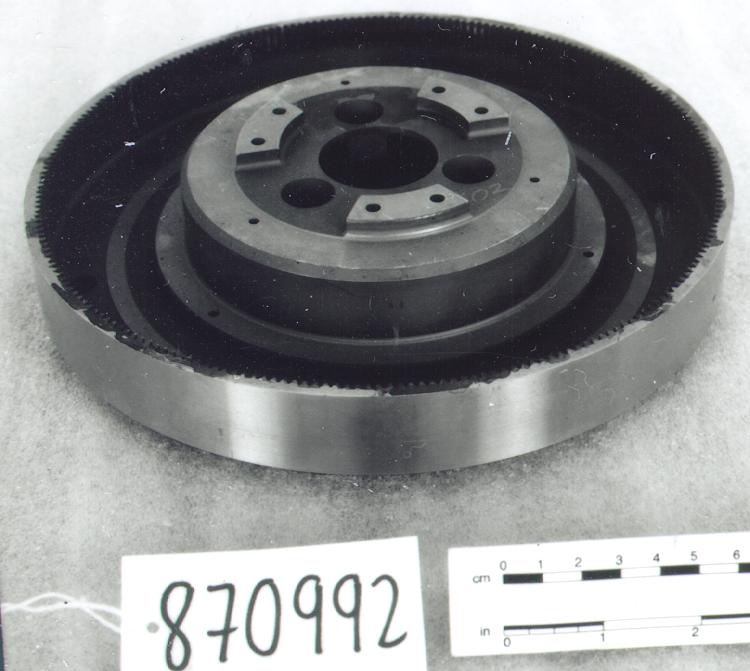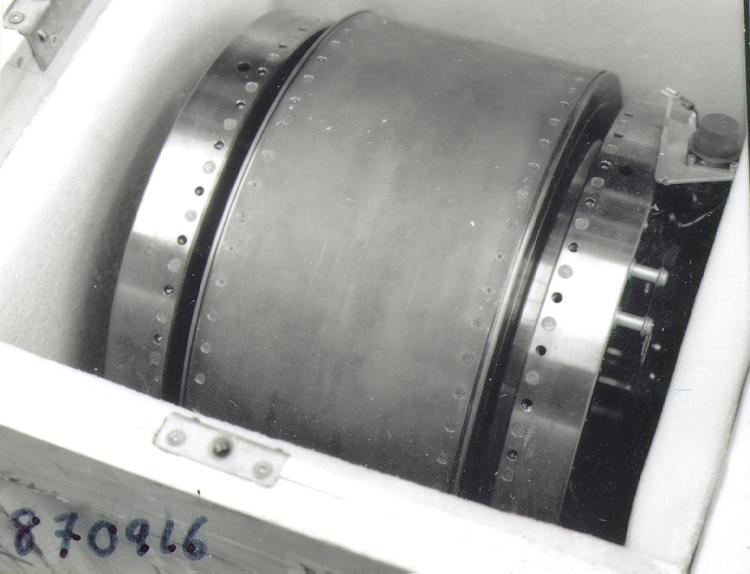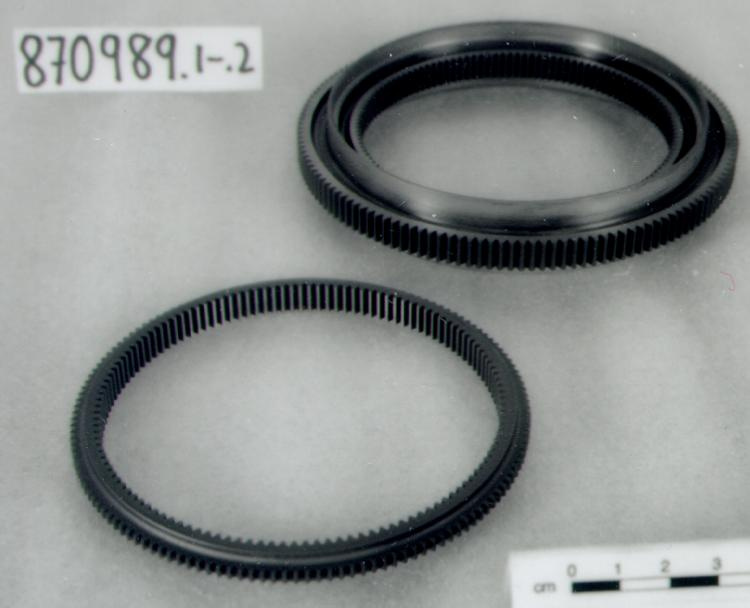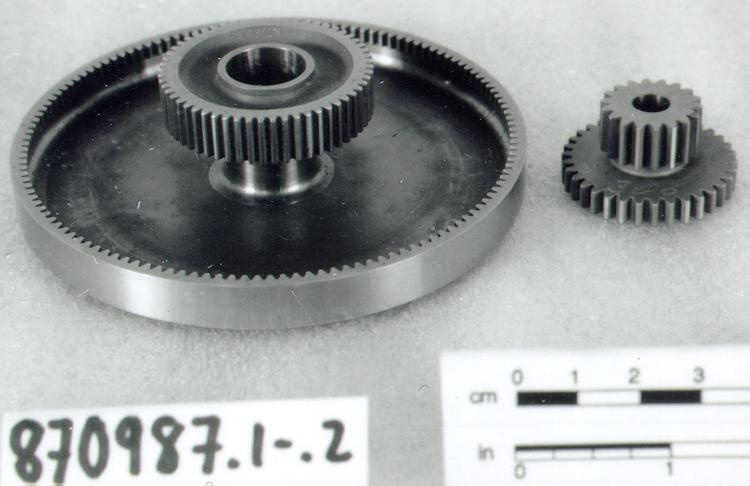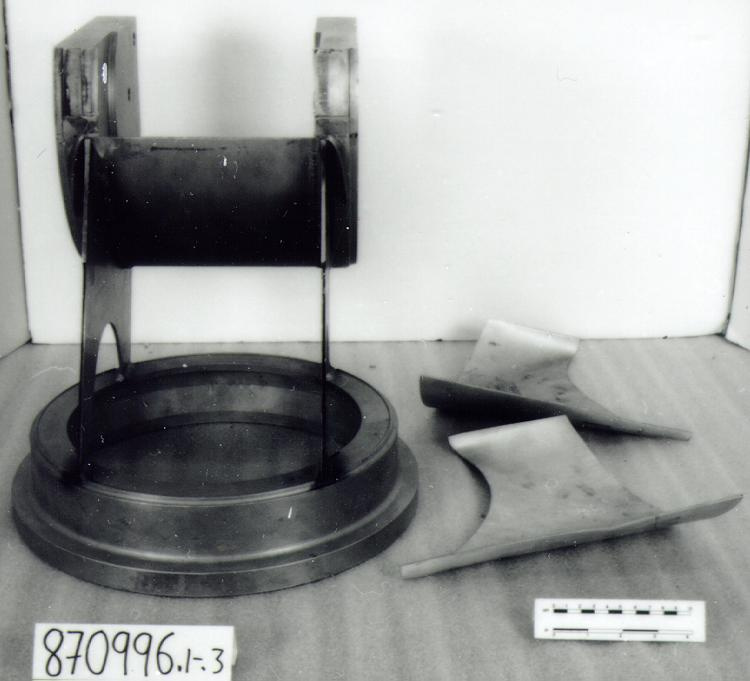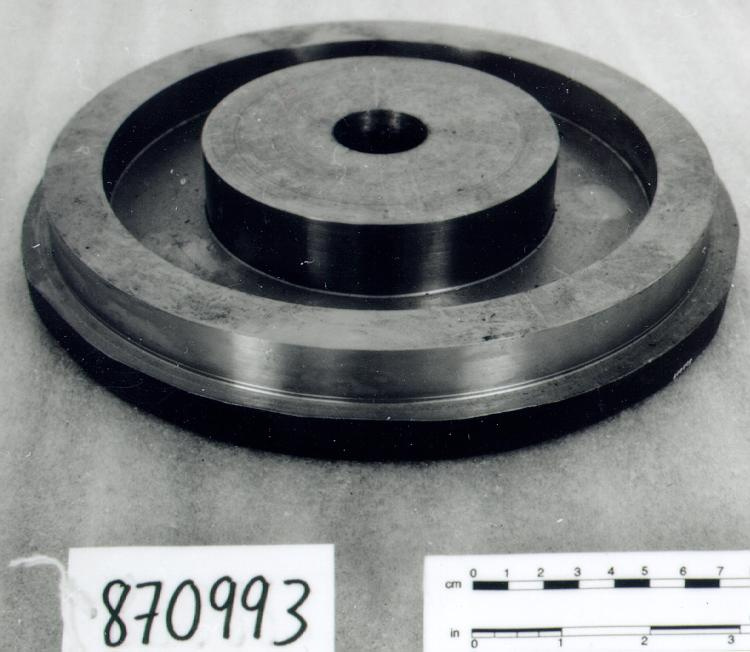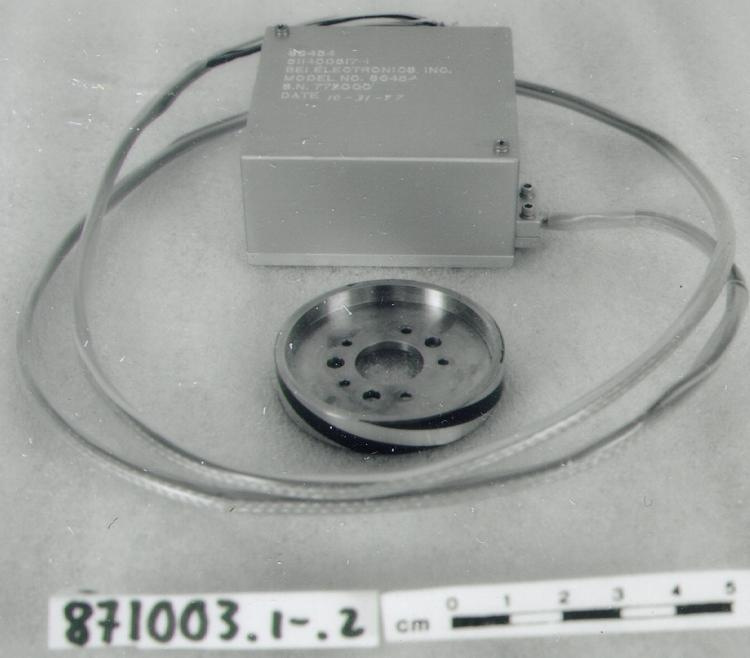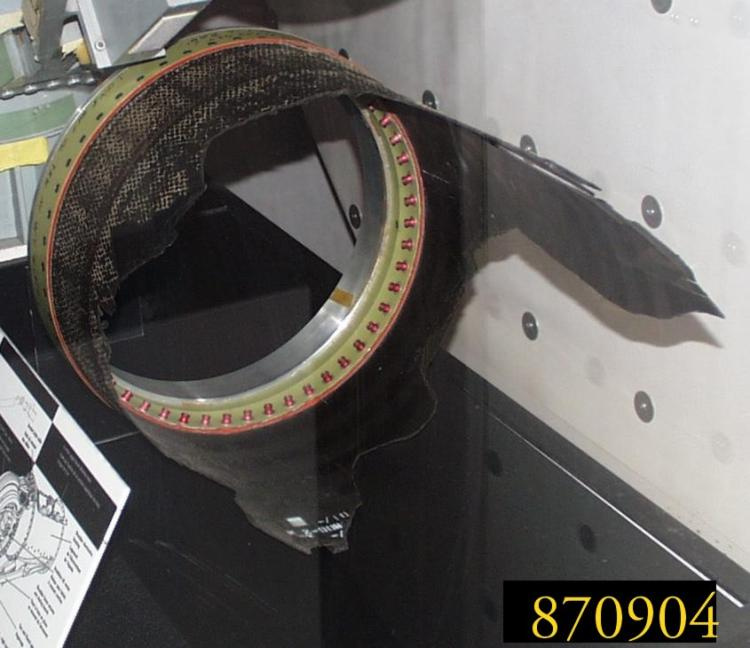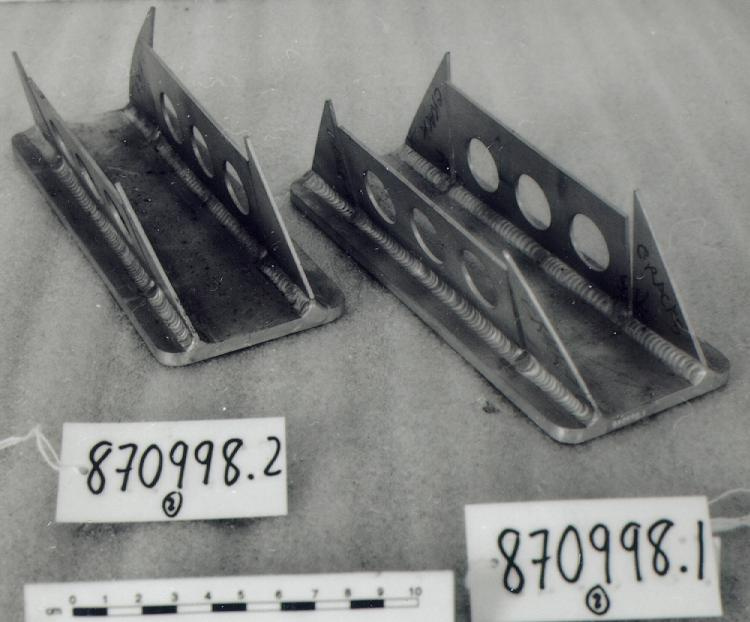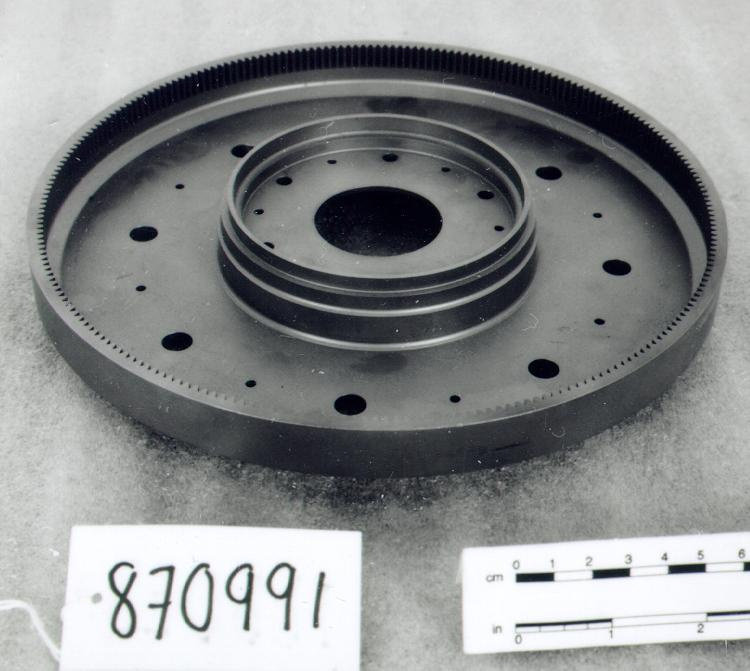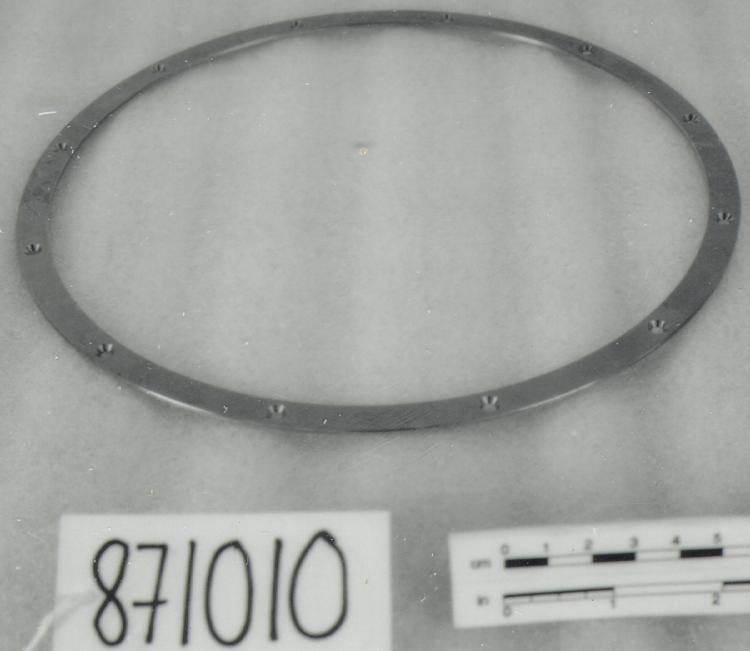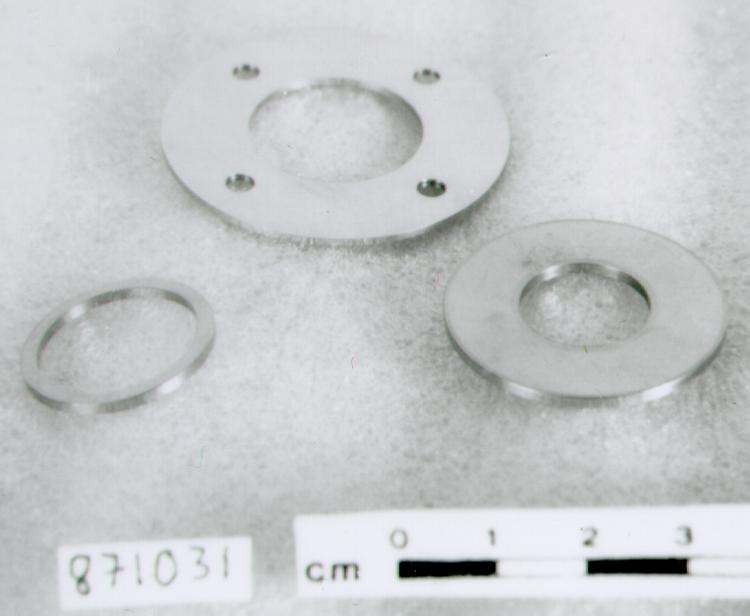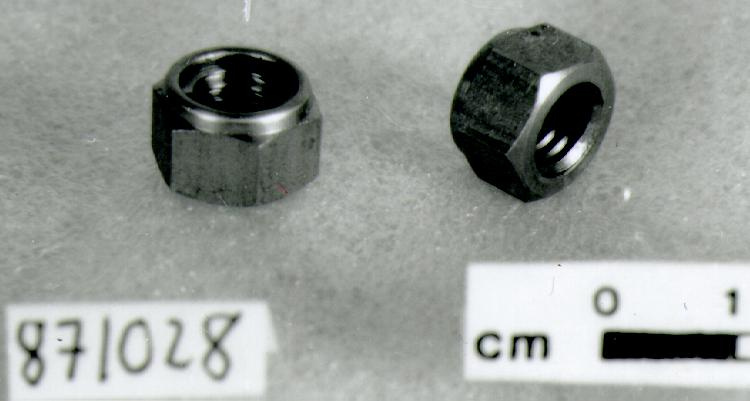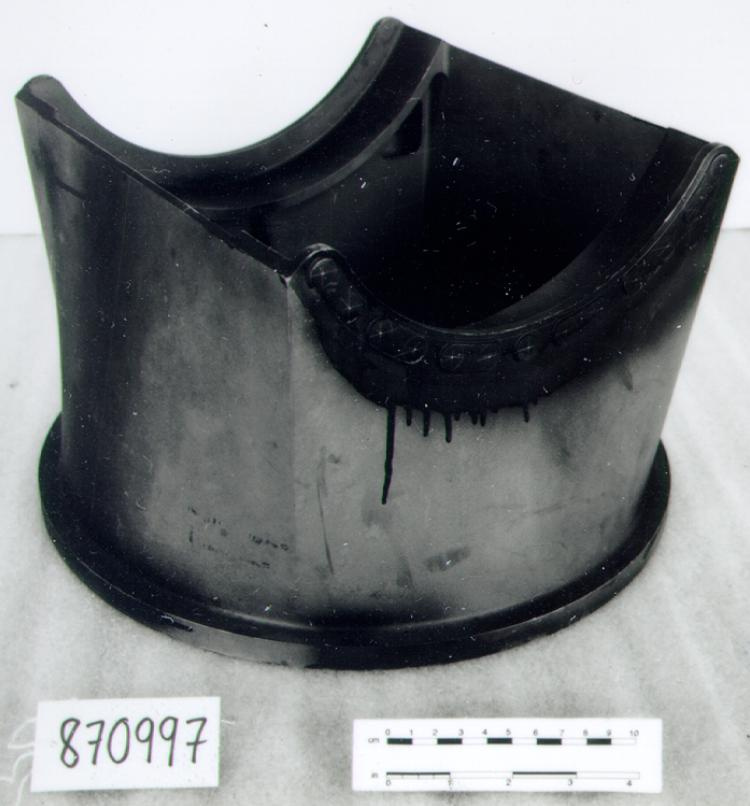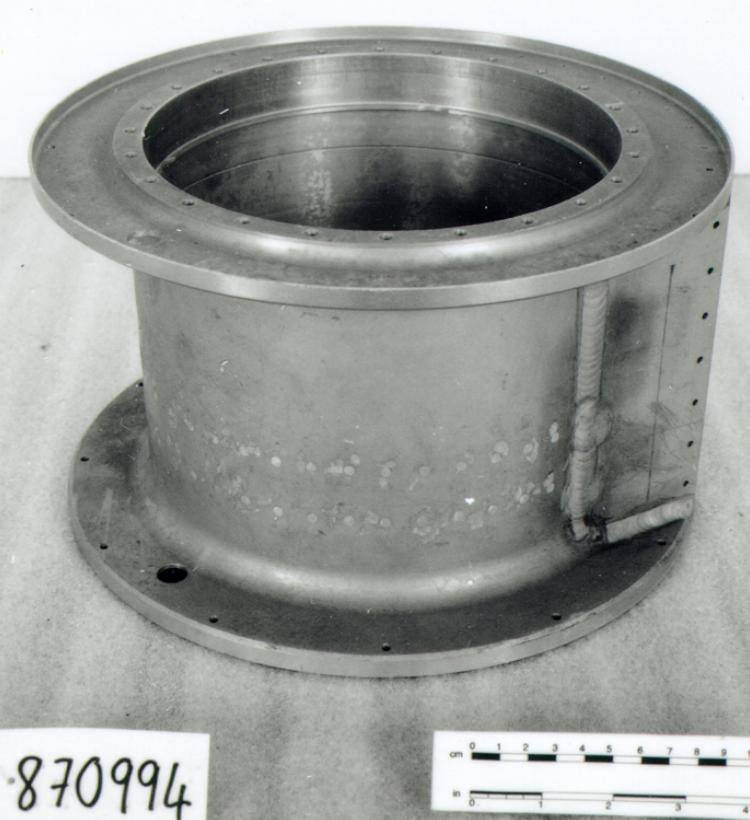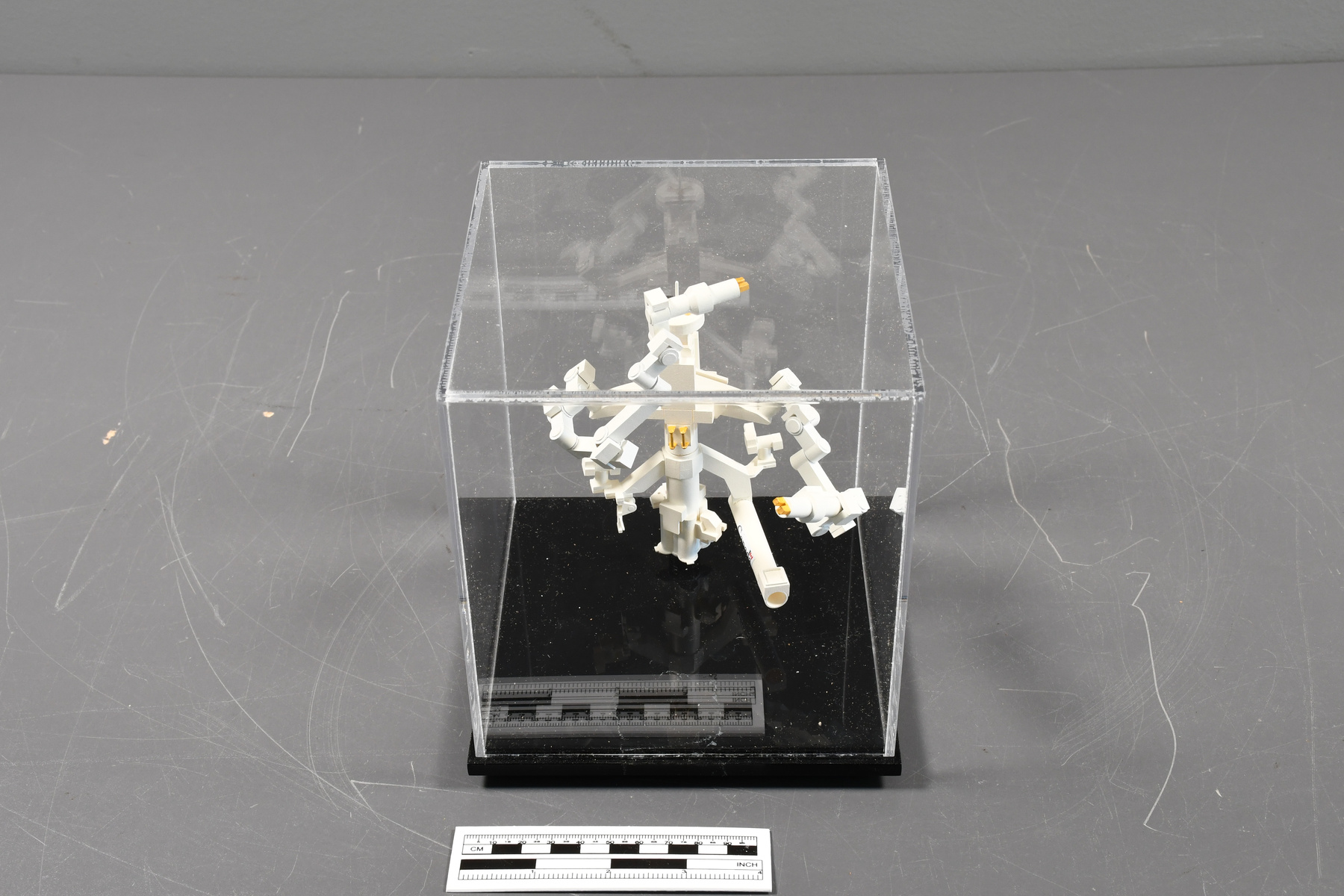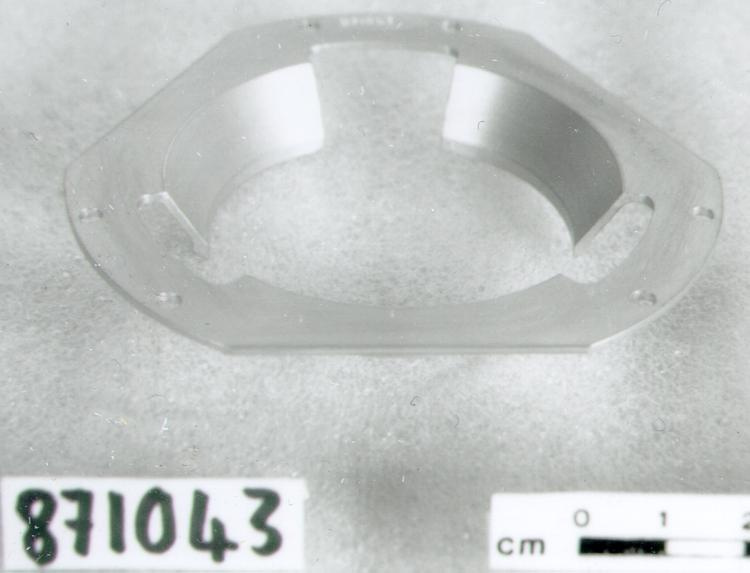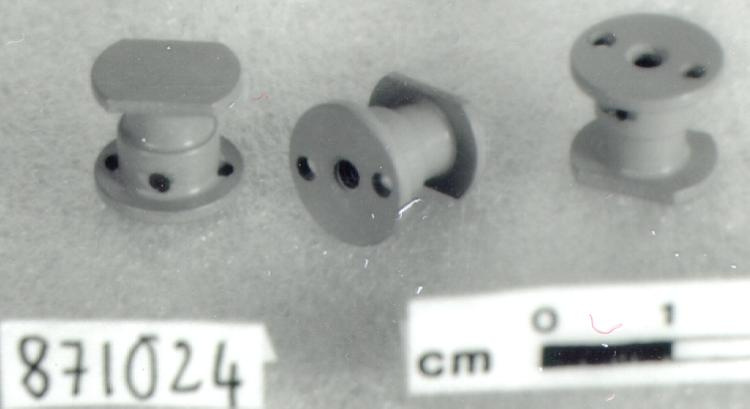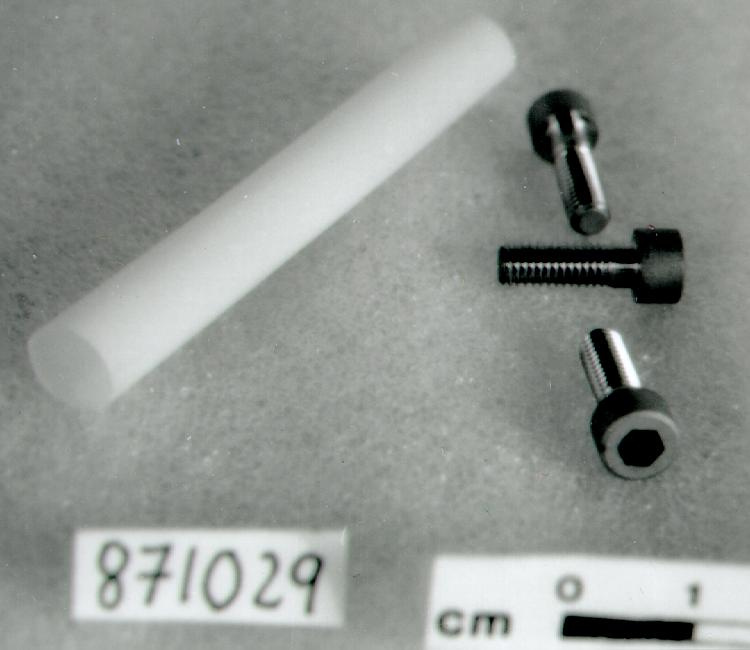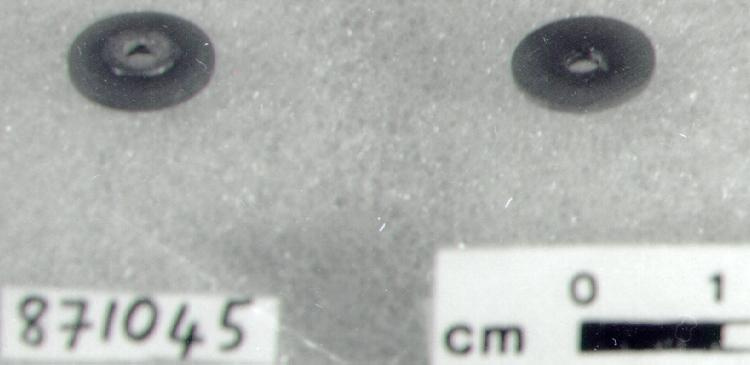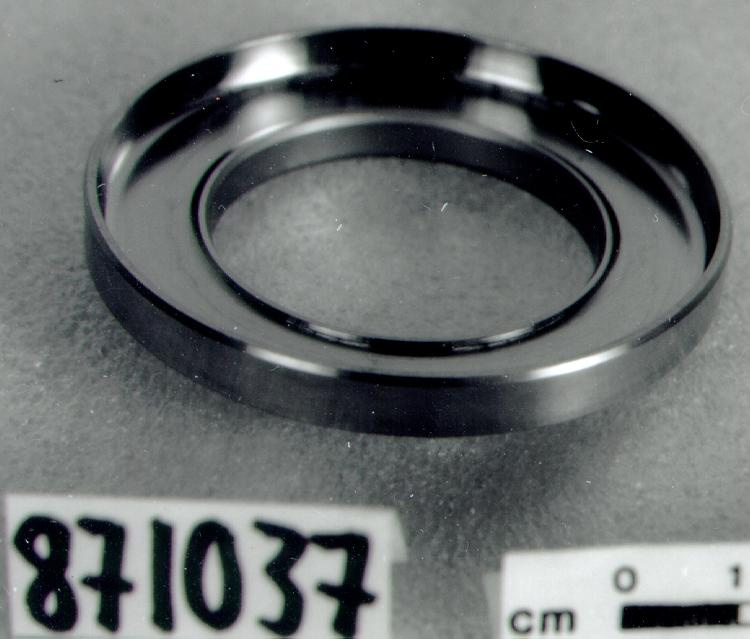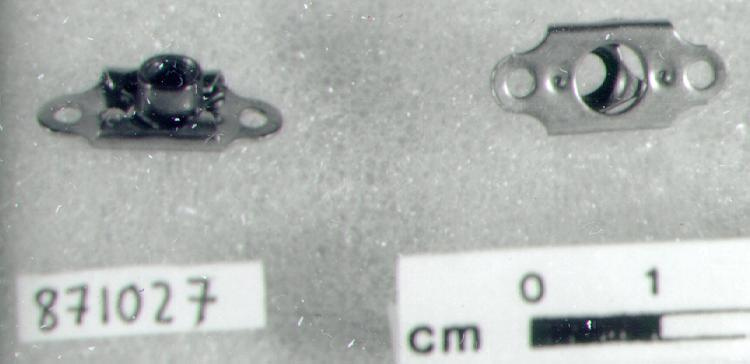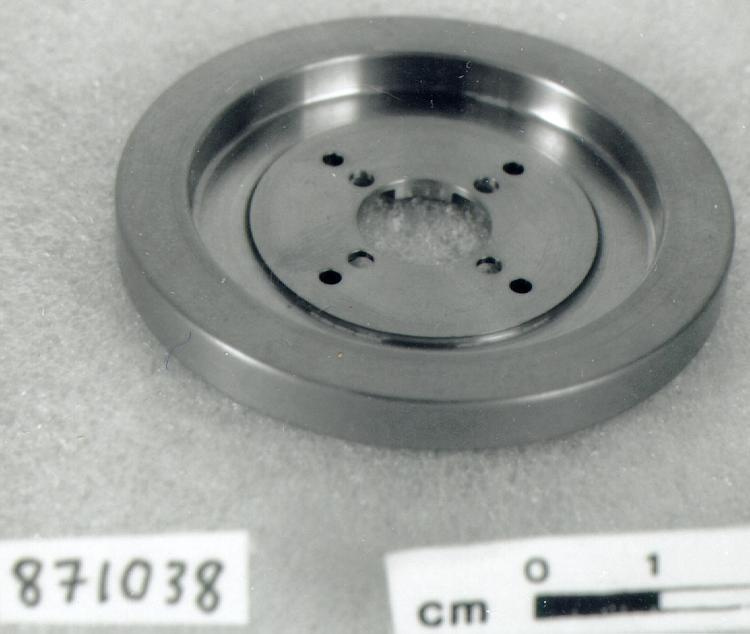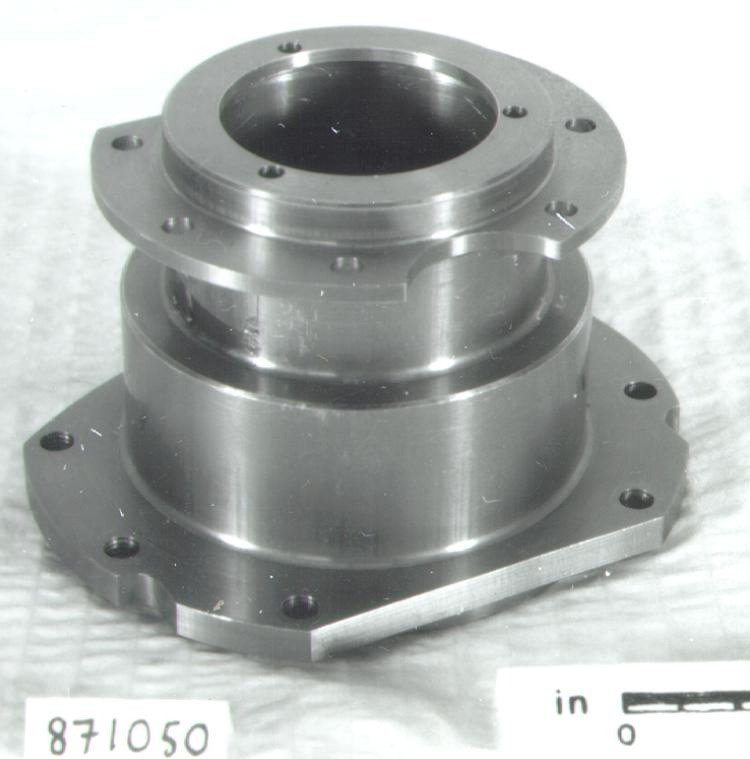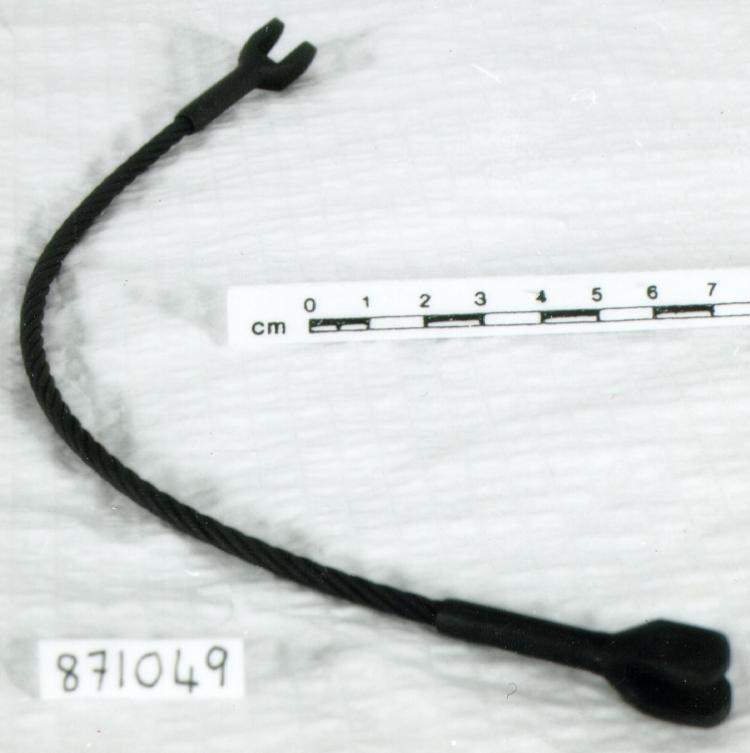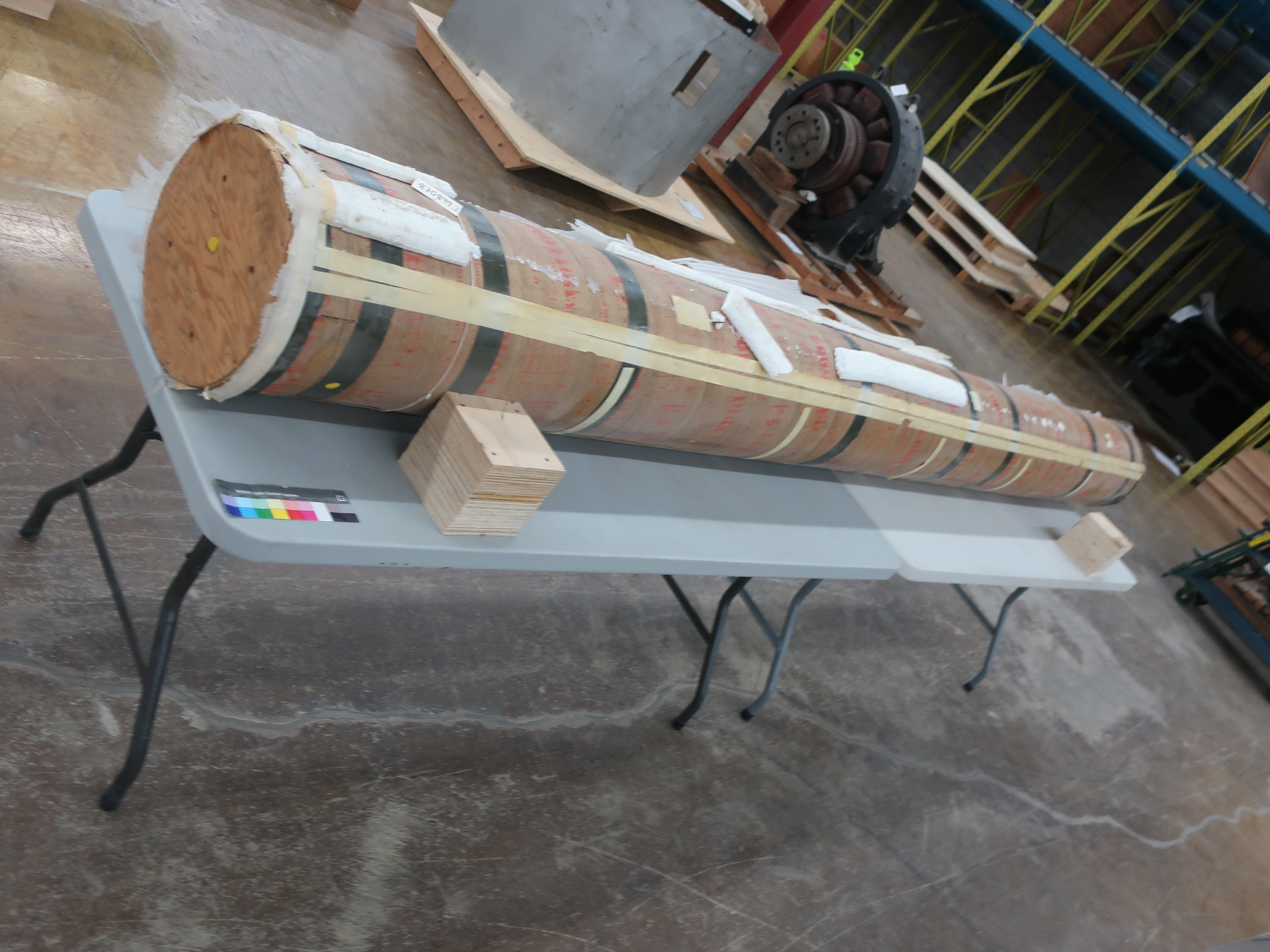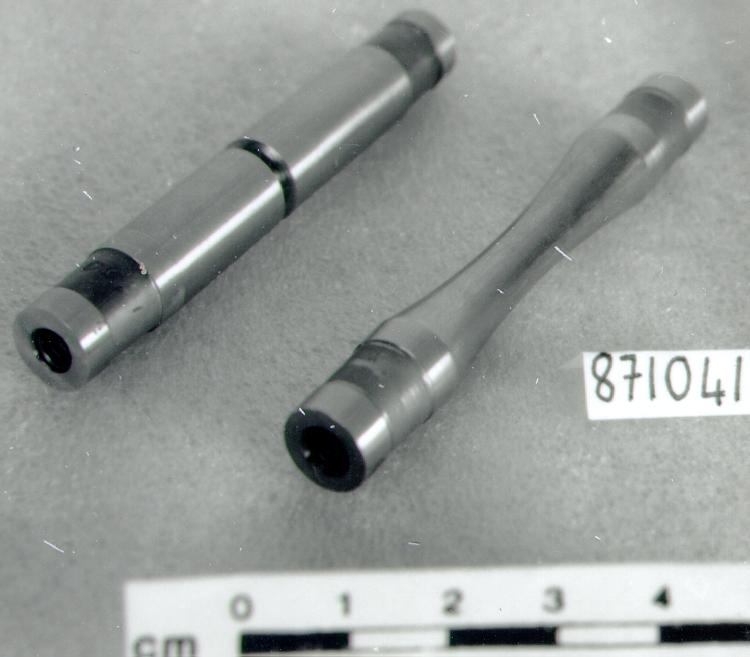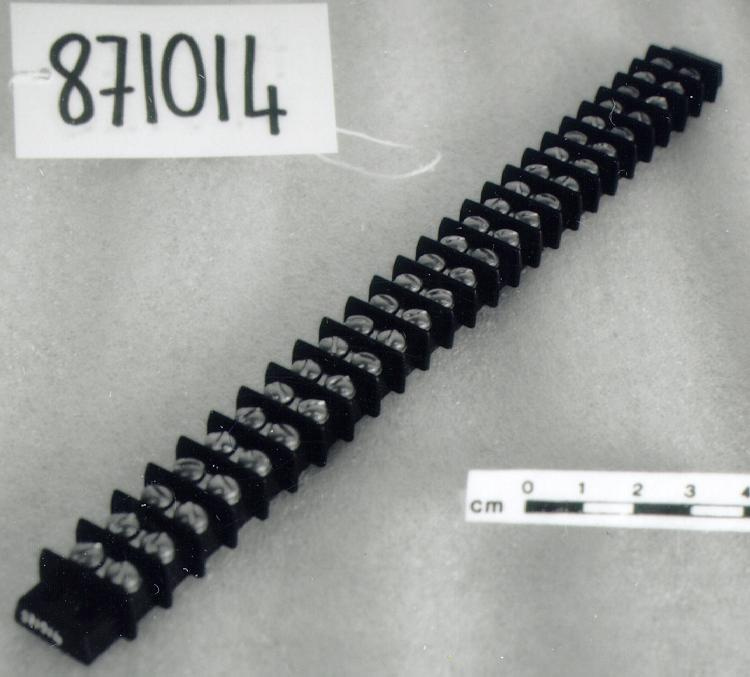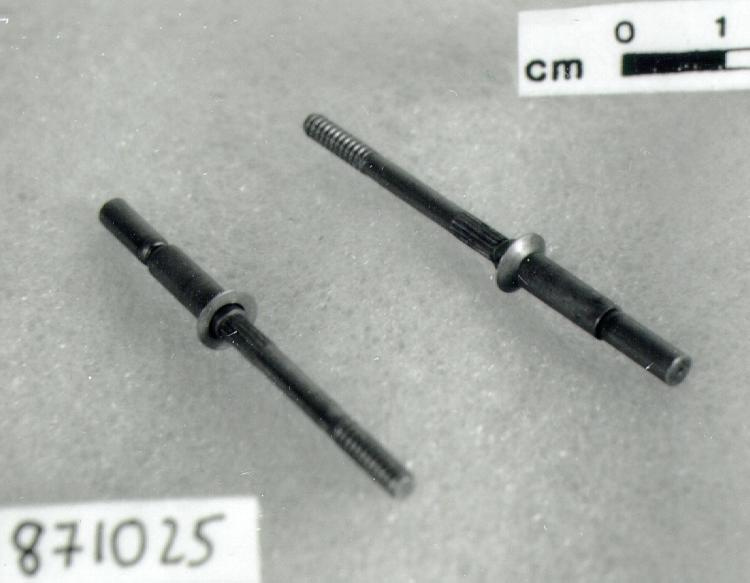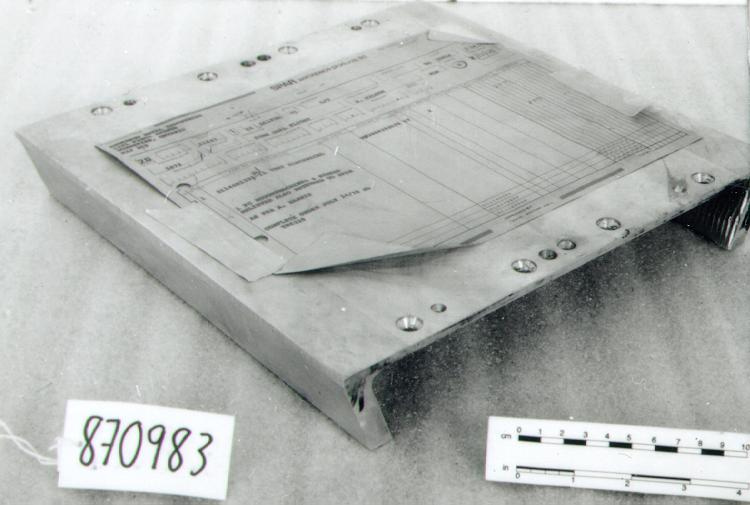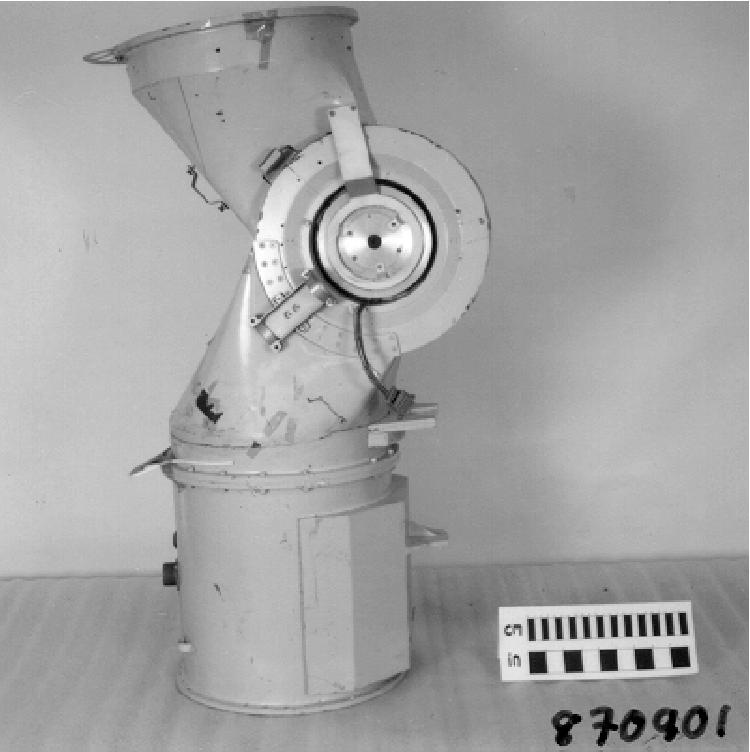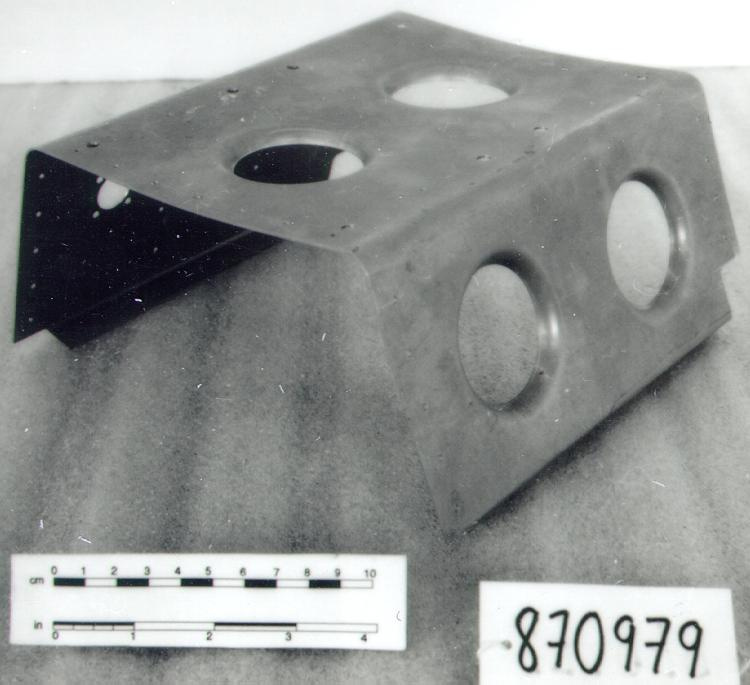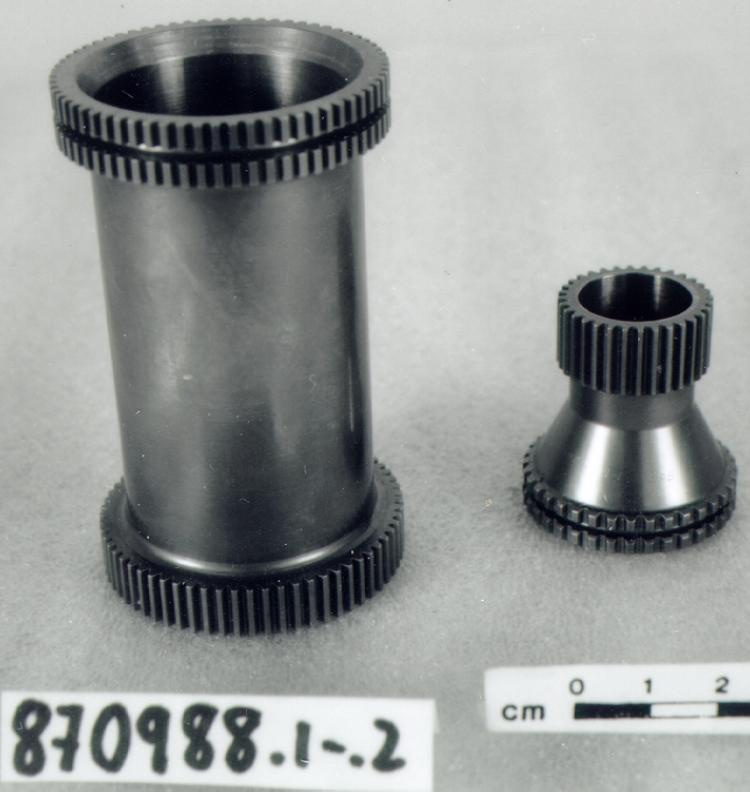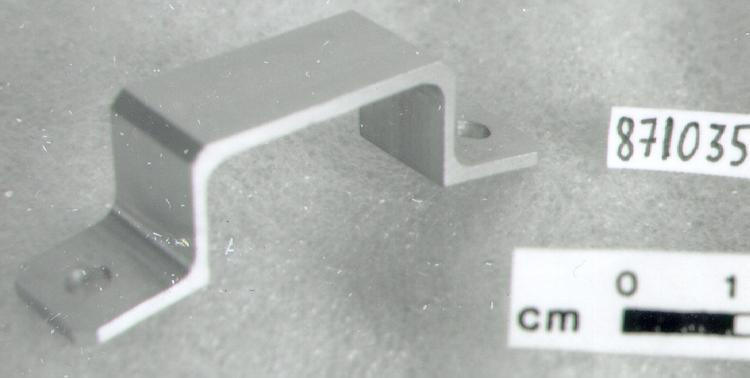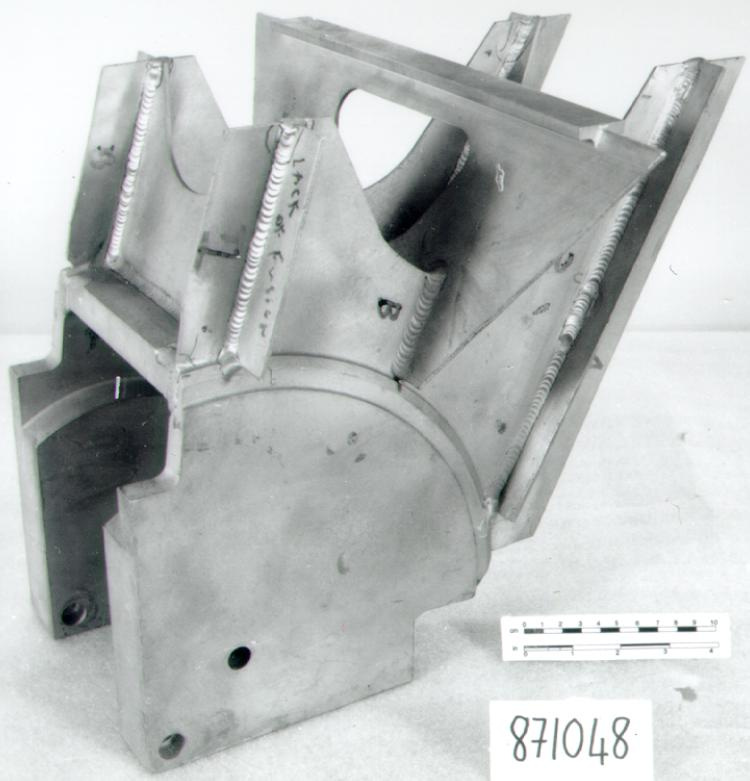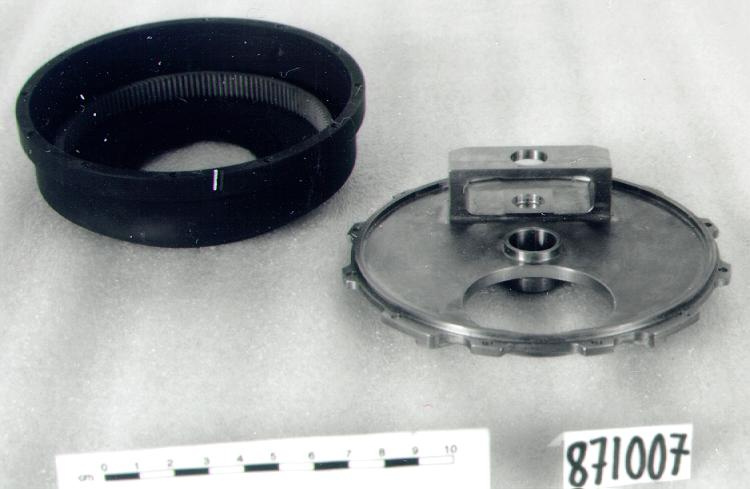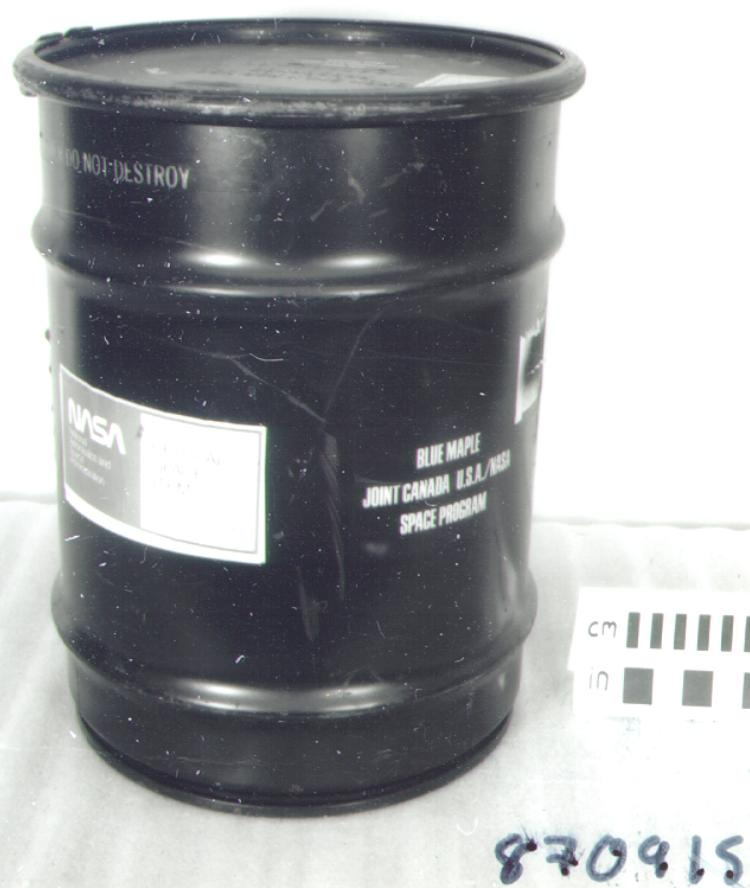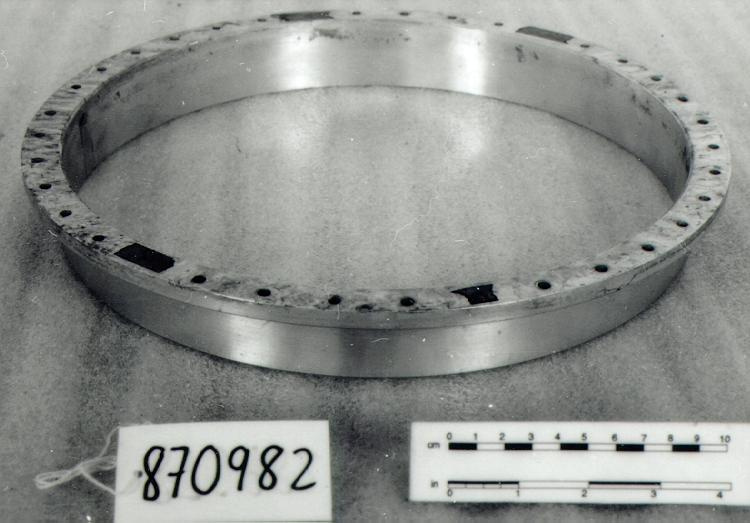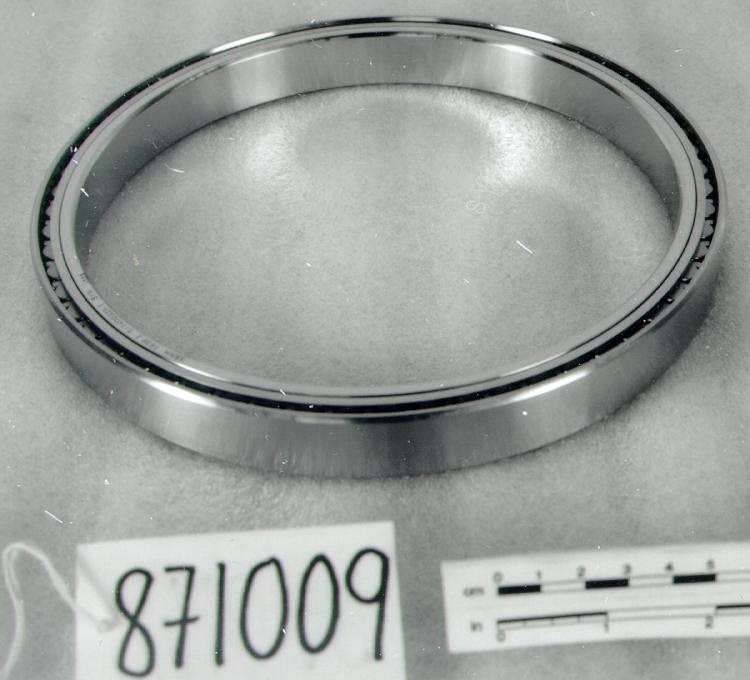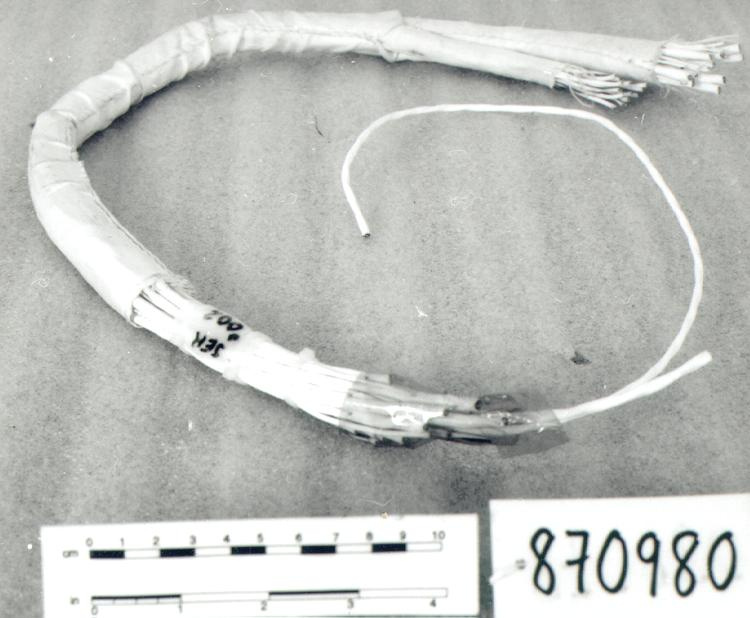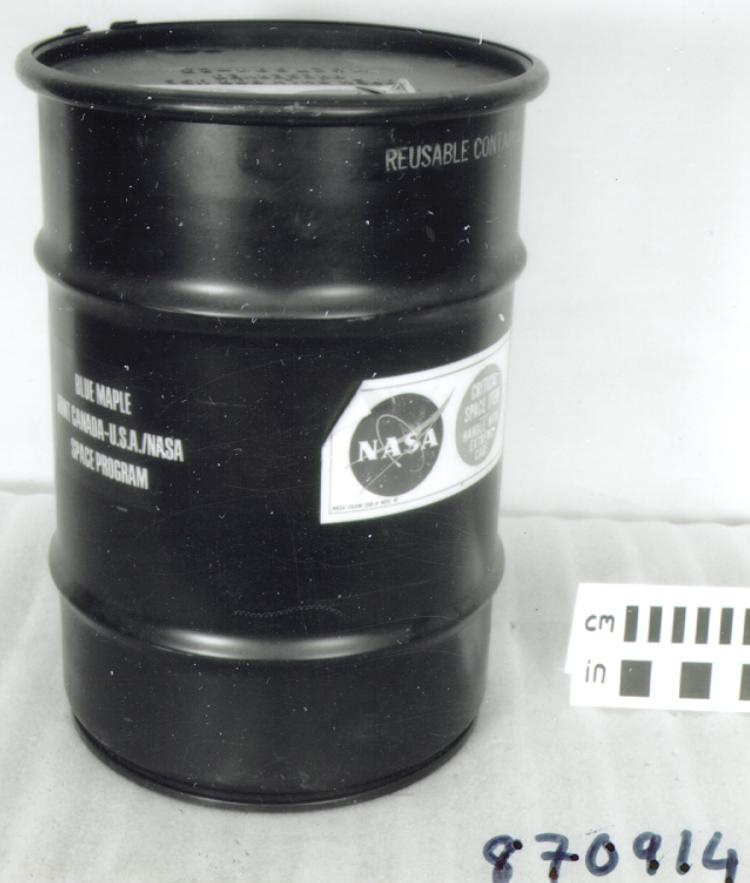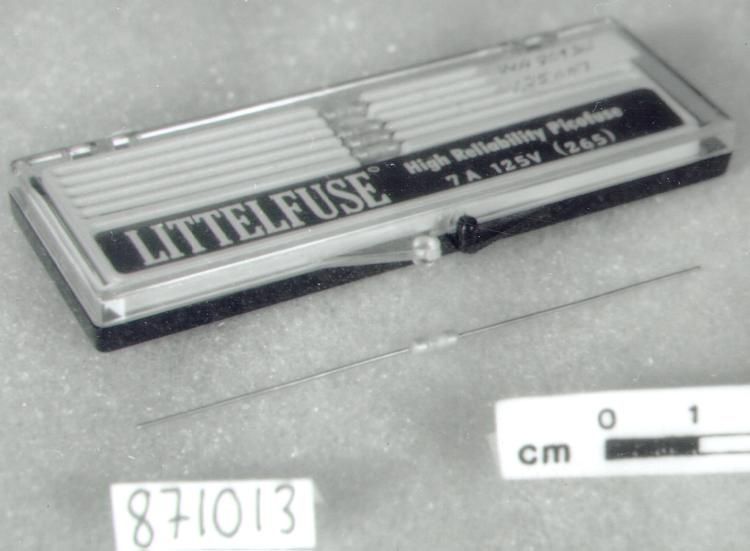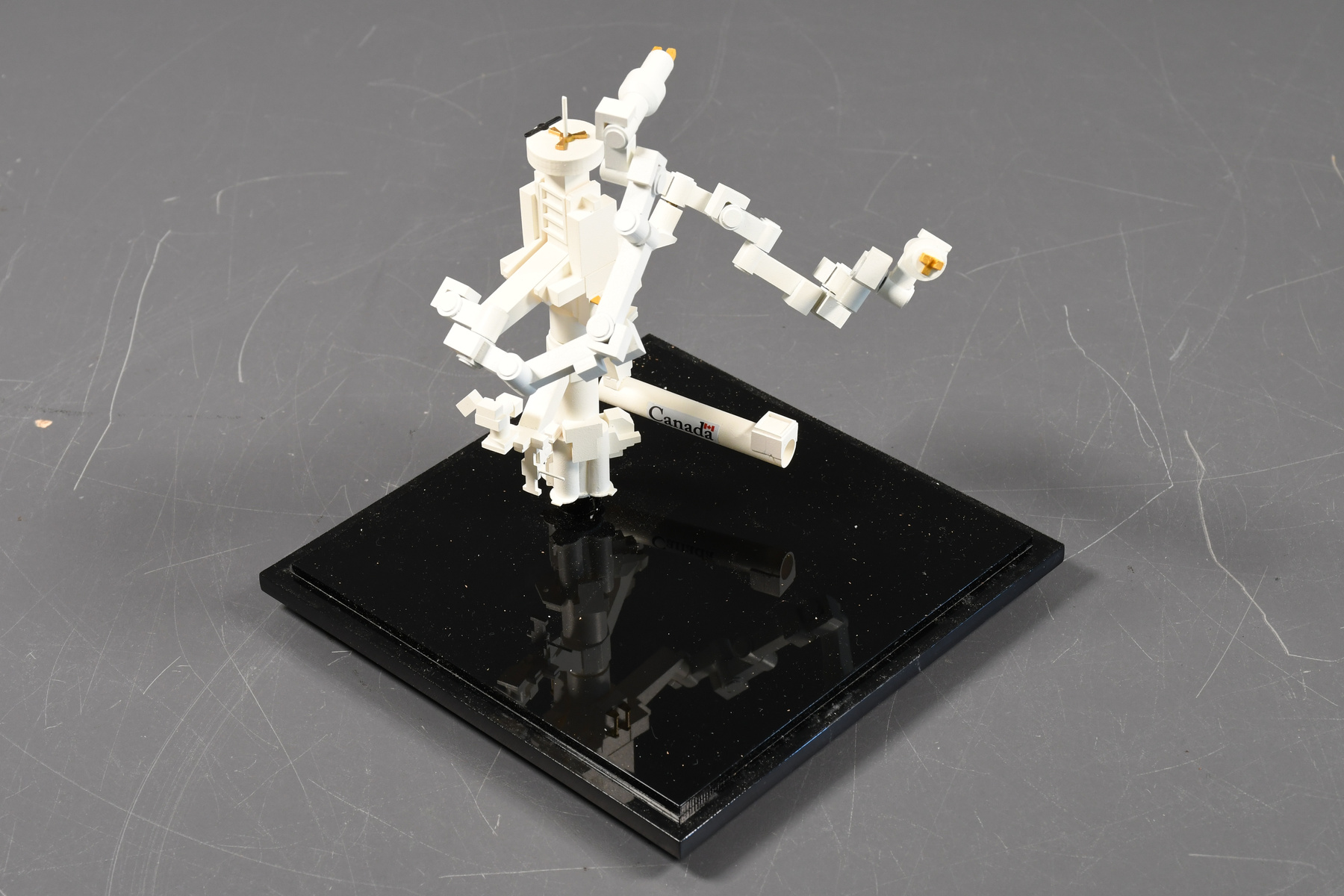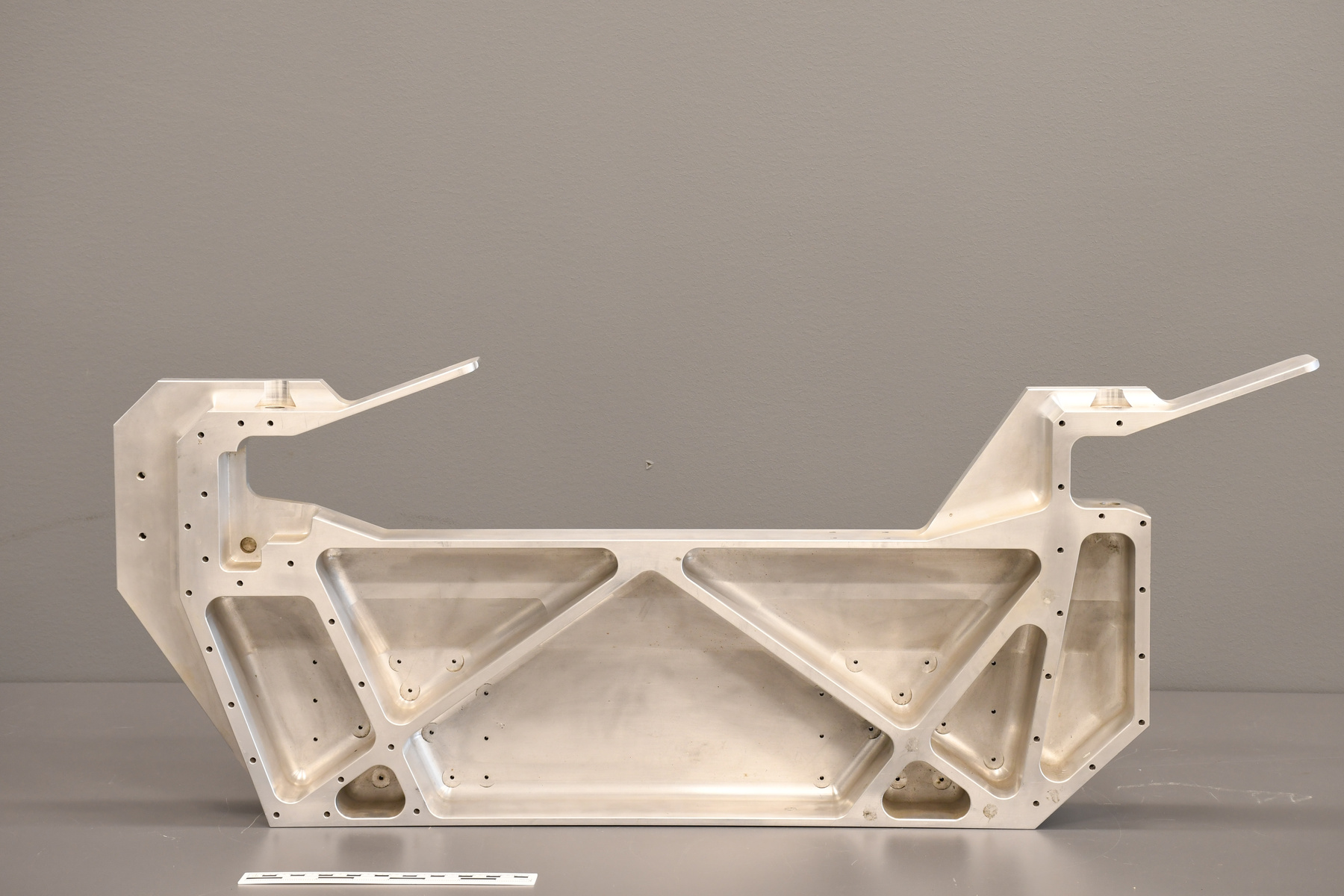Latch
Use this image
Can I reuse this image without permission? Yes
Object images on the Ingenium Collection’s portal have the following Creative Commons license:
Copyright Ingenium / CC BY-NC-ND (Attribution-NonCommercial 4.0 International (CC BY-NC 4.0)
ATTRIBUTE THIS IMAGE
Ingenium,
2015.0574.002
Permalink:
Ingenium is releasing this image under the Creative Commons licensing framework, and encourages downloading and reuse for non-commercial purposes. Please acknowledge Ingenium and cite the artifact number.
DOWNLOAD IMAGEPURCHASE THIS IMAGE
This image is free for non-commercial use.
For commercial use, please consult our Reproduction Fees and contact us to purchase the image.
- OBJECT TYPE
- N/A
- DATE
- Unknown
- ARTIFACT NUMBER
- 2015.0574.002
- MANUFACTURER
- Unknown
- MODEL
- Canadian Target Assembly, Space Vision System
- LOCATION
- Unknown
More Information
General Information
- Serial #
- Prototype
- Part Number
- 2
- Total Parts
- 2
- AKA
- Payload Retention Latch Assembly
- Patents
- N/A
- General Description
- An object made of metal elements that are possibly aluminum Un objet fait avec des éléments en métal qui sont possiblement en aluminium.
Dimensions
Note: These reflect the general size for storage and are not necessarily representative of the object's true dimensions.
- Length
- 91.5 cm
- Width
- 8.5 cm
- Height
- 36.5 cm
- Thickness
- N/A
- Weight
- N/A
- Diameter
- N/A
- Volume
- N/A
Lexicon
- Group
- Space Technology
- Category
- Manned spacecraft
- Sub-Category
- N/A
Manufacturer
- AKA
- Unknown
- Country
- Unknown
- State/Province
- Unknown
- City
- Unknown
Context
- Country
- Unknown
- State/Province
- Unknown
- Period
- Ca. 1991-1992
- Canada
-
This equipment was designed by the National Research Council in Ottawa. Mr. Jim Ross was the design engineer responsible for the project. The Space Vision System (SVS) and Canadian Target Assembly (CTA) were designed to enhance astronauts' vision in the difficult viewing conditions of space. It provided information on the exact location, orientation and motion of a specified target. First tested during mission STS-52 (1992), the successor to the SVS, the Advanced Space Vision System (ASVS) was used by Chris Hadfield during mission STS-74 (1995). L'équipement est construit par le National Research Council D'Ottawa par Mr. Jim Ross qui était l'ingénieure concepteur responsable de le projet. Le Space Vision System (SVS) et le Canadian Target System (CTA) étais conçu pour augmenter la vision des astronautes durant leur temps dans l'espace. L'équipement indique l'orientation, la motion, et la location exacte d'une cible. Il était mis en action pour la première fois lors de la mission STS-52 en 1992. Le descendant du SVS, le ASVS a fini par en être utilise par un astronaute au nom de Chris Hadfield durant la mission STS-74 en 1995. - Function
-
This PLRA securely held the CTA in position in the cargo bay of the space shuttle Columbia during flight STS-52. Ce PLRA avait comme fonction de tenir en toute sécurité le CTA dans la soute de la navette spatiale Columbia durant son vol de ST5-52. L'objet représente une échelle actuelle de l'équipement utiliser. It is a full-sized model. - Technical
-
This concept model was used by NRC, CSA, and NASA engineers to ensure the final flight hardware would conform to NASA requirements for vibration testing, to endure the rigors of shuttle launch and space flight, and not pose risk to other test equipment. The Space Vision System uses a shuttle TV camera to monitor a pattern of target dots of known spacing arranged on an object to be tracked. As the object moves, the SVS computer measures the changing position of the dots, and provides a real time TV display of the location and orientation of the object. This displayed information helps an operator to guide the Canadarm or the Mobile Servicing System (MSS) when berthing or deploying satellites. Ce modèle a été utilisé par la NRC, CSA et les ingénieurs de NASA pour s'assurer que l'equipment conformait à la norme requise pour l'essai contre la vibration et le choc accumuler par le décollage et vol du fusée tout en posant pas de risque aux autres formes d'équipement abord. Le Space Vision System utilise une navette en forme de caméra de télévision pour vérifier un patron de points ciblée qui sont arrangées sur un objet pour mieux suivre ces mouvements. Le system SVS calcule le changement de position des points pour créer une affiche de l'objet et sa position et orientation sur un écran de télévision. L'information permet à un opérateur de guider le Canadarm ou le Mobile Servicing System (MSS) pour l'amarrage ou pour déployer les satellites. - Area Notes
-
Unknown
Details
- Markings
- None apparent/Rien de visible
- Missing
- None apparent/l'objet a toutes ces pièces
- Finish
- This object is one solid piece of metal with two prongs protruding from either end of the artifact that run in the same direction (backwards or behind the artifact). One side of the artifact is completely smooth and sealed and the other side has a honeycomb structure complete with eight empty holes of varying sizes. Multiple screw holes are also visible across the entire object. L'objet est un morceau de métal avec deux doigts qui ressort de chaque coter de l'artefact qui regarde dans la même direction (en arrière et vers le dos de l'objet). Un coter de l'objet est complètement lisse et sellée et l'autre bord a une structure de nid de cailloux avec huit trous de largeurs variante. Plusieurs trous pour des visses sont visibles au travers l'objet en entier aussi.
- Decoration
- N/A
CITE THIS OBJECT
If you choose to share our information about this collection object, please cite:
Unknown Manufacturer, Latch, Unknown Date, Artifact no. 2015.0574, Ingenium – Canada’s Museums of Science and Innovation, http://collection.ingeniumcanada.org/en/item/2015.0574.002/
FEEDBACK
Submit a question or comment about this artifact.
More Like This

